QNED86A6A is a television that truly does an excellent job in its price range when it comes to sports, gaming, and everyday TV viewing. The 120 Hz panel ensures smooth images and sharp motion, which both sports fans and gamers will appreciate. It also features low input lag along with a complete set of gaming functions such as HGiG, VRR, and ALLM. The television works just as well with a computer as it does with a console, so whether in the office or on a desk in the 43” version, it serves excellently as a work monitor. Another strong point is the webOS system. This is a fast, stable, and application-rich operating system that, paired with the Magic remote, offers very convenient operation. The new version of the remote is slimmer and fits better in the hand, while the on-screen cursor is a solution that many competitors lack. Additionally, there are classic features – USB recording, Bluetooth for headphones, and a full HDMI 2.1 set with eARC and Dolby Atmos support. This makes the televisions from the QNED85 series some of the most "multimedia" televisions in their class. However, there’s no point in mincing words; this model also has its significant flaws. Its biggest flaw is undoubtedly the contrast, or rather, the lack thereof. The IPS panel combined with edge-lit "mini-LED" is simply a very bad idea. The screen is just not suitable for watching movies in a dark living room. The blacks are bluish-grey, and local dimming can generate light strips reminiscent of lasers, which effectively spoil the desire to watch. This is not a choice that can be wholeheartedly recommended for home cinema. The second problem may not be directly related to the television itself but rather to its sales. It concerns the chaos in naming and discrepancies in derivative versions. The same model, even with the same marking, can have a different bezel colour or stand depending on the store. This can truly be frustrating for the buyer and evoke a sense of confusion. To summarise briefly: LG QNED86A6A is a great television for sports, gaming, and everyday television, with a user-friendly system and substantial functionality. But if you are looking for a screen strictly for movies or series and require deep blacks, it would be better to look towards televisions that can truly be called Mini-LEDs with full confidence.
- Matching (Score)
- Our verdict
- TV appearance
- Where to buy
- Contrast and black detail
- HDR effect quality
- Factory color reproduction
- Color reproduction after calibration
- Smoothness of tonal transitions
- Image scaling and smoothness of tonal transitions
- Blur and motion smoothness
- Console compatibility and gaming features
- Input lag
- Compatibility with PC
- Viewing angles
- TV efficiency during daytime
- Details about the matrix
- TV features
- Apps
- Playing files from USB
- Sound
LG QNED86A / QNED85A / QNED87A vs Sony Bravia 3 50' (VA)
Direct compare
QNED85A / QNED86A / QNED87A / A6A / A6B / A6C
BRAVIA 3 / K-(XX)S3
Available screen sizes: 50”

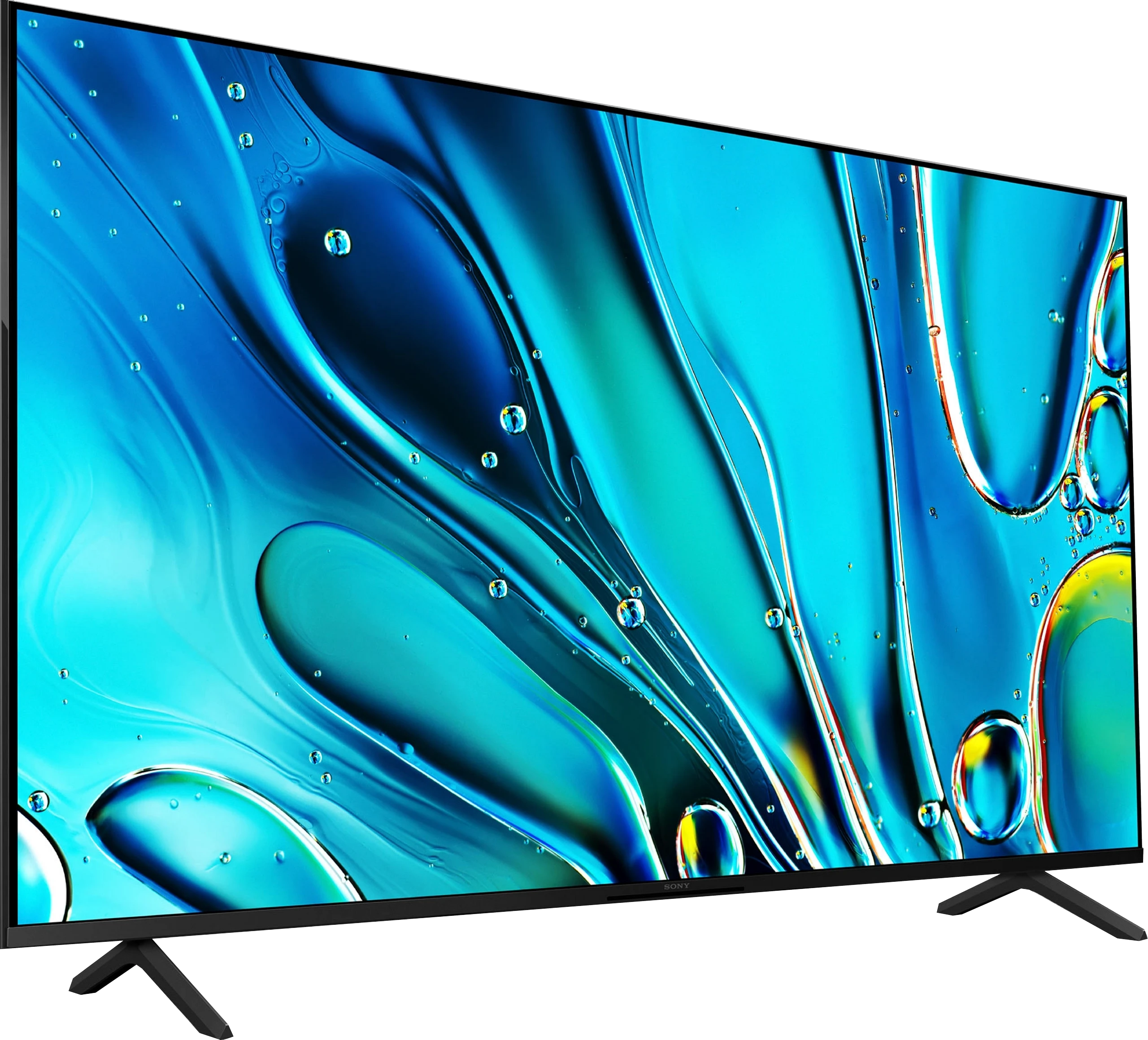
Panel type: LCD IPS
Resolution: 3840x2160
System: WebOS
Model year: 2025
Complete the survey to find out the result

Panel type: LCD VA
Resolution: 3840x2160
System: Google TV
Model year: 2025
Complete the survey to find out the result

Overall rating
7.0
6.1
Movies and series in UHD quality
6.4
6.3
Classic TV, YouTube
6.2
6.3
Sports broadcasts (TV and apps)
7.2
5.3
Gaming on console
8.4
6.5
TV as a computer monitor
8.0
3.5
Watching in bright light
5.8
5.4
Utility functions
8.4
6.1
Apps
9.1
9.6
Sound quality
6.0
6.5
Complete the survey to find out what fits your preferences
Advantages
120 Hz panel, good for sports and gaming
Very low input lag
Great for gamers (VRR, ALLM, HGiG etc.)
Complete set of HDMI 2.1 ports
Good compatibility with PC (excellent font readability)
Bright picture (around 700 nits in HDR), performs well in moderately bright rooms
Good viewing angles (IPS)
Support for Dolby Vision
User-friendly webOS operating system with Magic Remote and voice assistant
Ability to record programmes to USB
Significantly better contrast and deeper blacks than in the IPS variant
Higher screen brightness, which improves viewing comfort during the day
More uniform panel, fewer problems with vignetting and lightening
Smooth tonal transitions, especially in bright scenes
Wide colour palette coverage (over 91% DCI-P3)
Effective upscaling of lower quality materials
Support for Dolby Vision, which partially enhances the experience in HDR content
Google TV system with a large library of applications
Two remotes included – a classic and a minimalist one
Disadvantages
Very poor black levels and contrast due to the IPS panel
Lack of the advertised 144 Hz in PC mode
Aggressive "light bands" when local dimming is enabled (edge local dimming ruins evening movie sessions)
Confusion in model designations and versions – even televisions with the same name in different stores can have different stands (central or two feet) or frame colours, which can be very misleading when purchasing.
Much worse viewing angles than in the version with an IPS panel
Collaboration with PC clearly weaker: worse font readability and noticeable dithering
Occasional stuttering of the Google TV system
No USB recording function
Our verdict
Sony Bravia 3 in the VA panel variant is a television that, in terms of character, remains the same budget model, but the change in panel type makes watching films and series significantly more enjoyable. The higher contrast and deeper blacks finally allow for evening viewing without the impression that the screen is drowning in shades of grey. This is a considerable advantage over the IPS version, even if it comes at the expense of much worse viewing angles. In practice, it comes down to choice – if we primarily watch from a sofa positioned directly in front, the VA panel offers a decidedly better effect. The rest of the picture remains largely the same. The PFS filter still provides pleasantly saturated colours, and the upscaling is at a good level, resulting in SDR content looking clean and aesthetic. The Google TV system, although it doesn’t always run perfectly smoothly, remains a huge asset – access to a wide library of apps and streaming platforms is something that competitors in this price range do not always offer in such a polished form. At the same time, the Bravia 3 with VA does not solve all the issues of its predecessor. The HDR brightness of around 350 nits still does not allow for a true high dynamic range effect, and the lack of local dimming means that fine details can still be overexposed. Additionally, there is no USB recording, which was present in the predecessor. So, who is the Bravia 3 in the VA version for? It is for those who want to enter the world of Sony televisions at a lower cost and care about decent quality in films and series, primarily watching lower quality content. It is not a proposal for gamers or for someone expecting cinematic HDR effects. Similar to the IPS version, it is hard to speak of a bargain – even if it is the “cheapest Sony of 2025,” it remains more expensive than competitors who can offer Mini-LEDs with clearly better contrast and brightness at the same price. Therefore, it is worth considering this model primarily when we come across an attractive promotion.
TV appearance



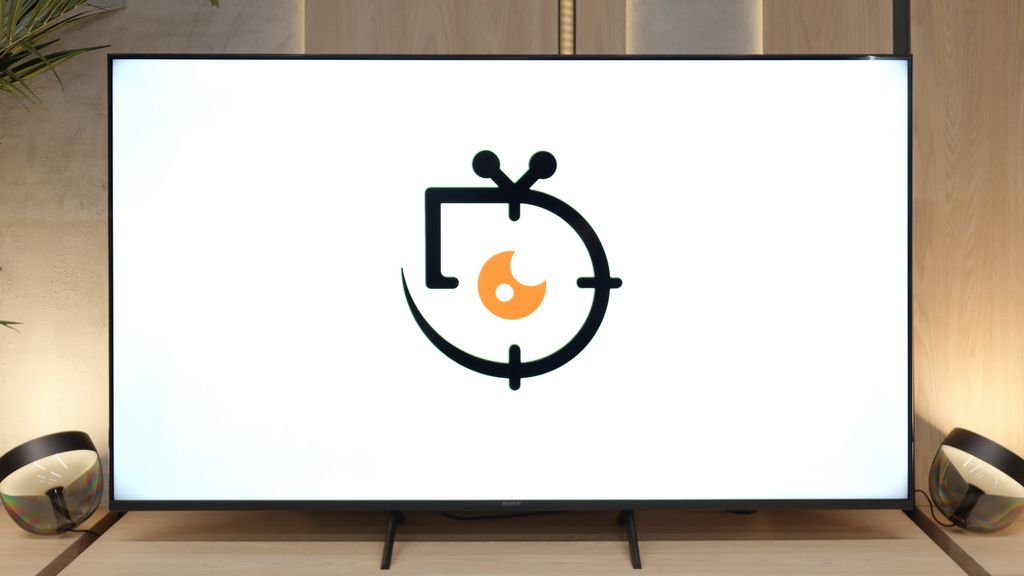
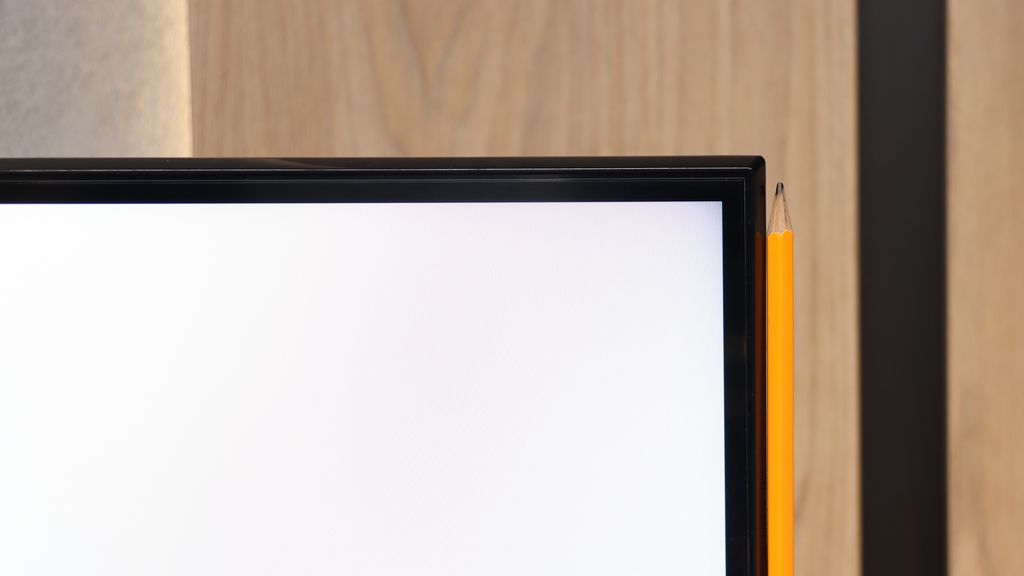
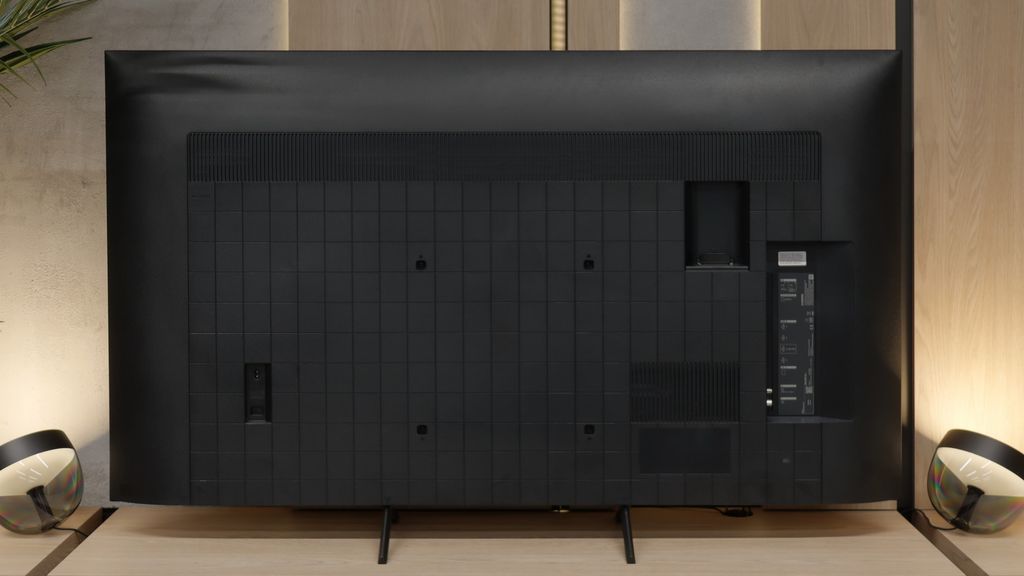
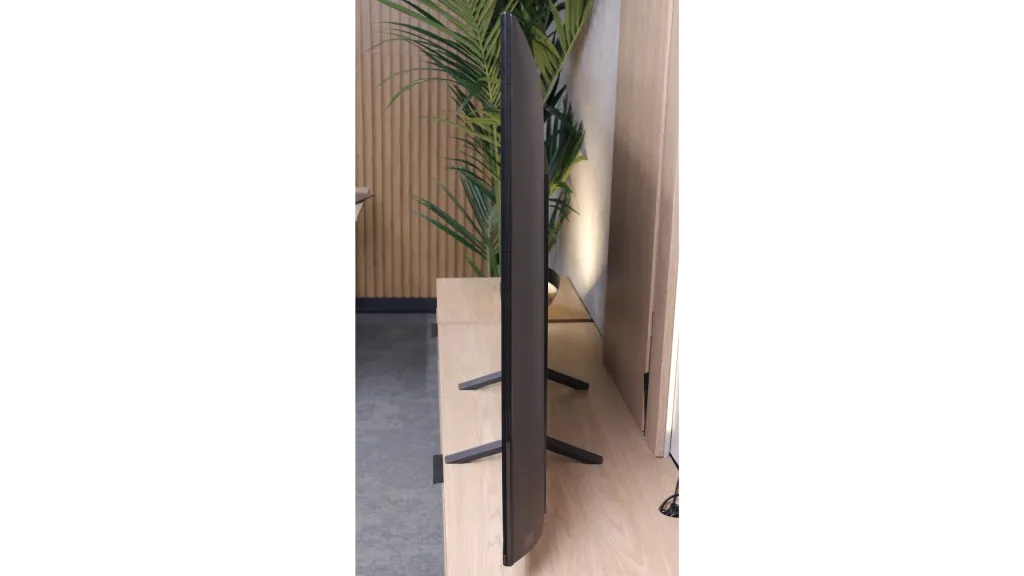
Contrast and black detail
3.7/10
5.7/10
Local dimming function: Yes, number of zones: 6 (1 x 6)
Local dimming function: No
Contrast:

Result
4,050:1

Result
1,750:1

Result
4,800:1

Result
1,850:1

Result
1,350:1

Result
5,550:1

Result
5,250:1

Result
5,050:1

Result
5,150:1

Result
4,000:1
Halo effect and black detail visibility:

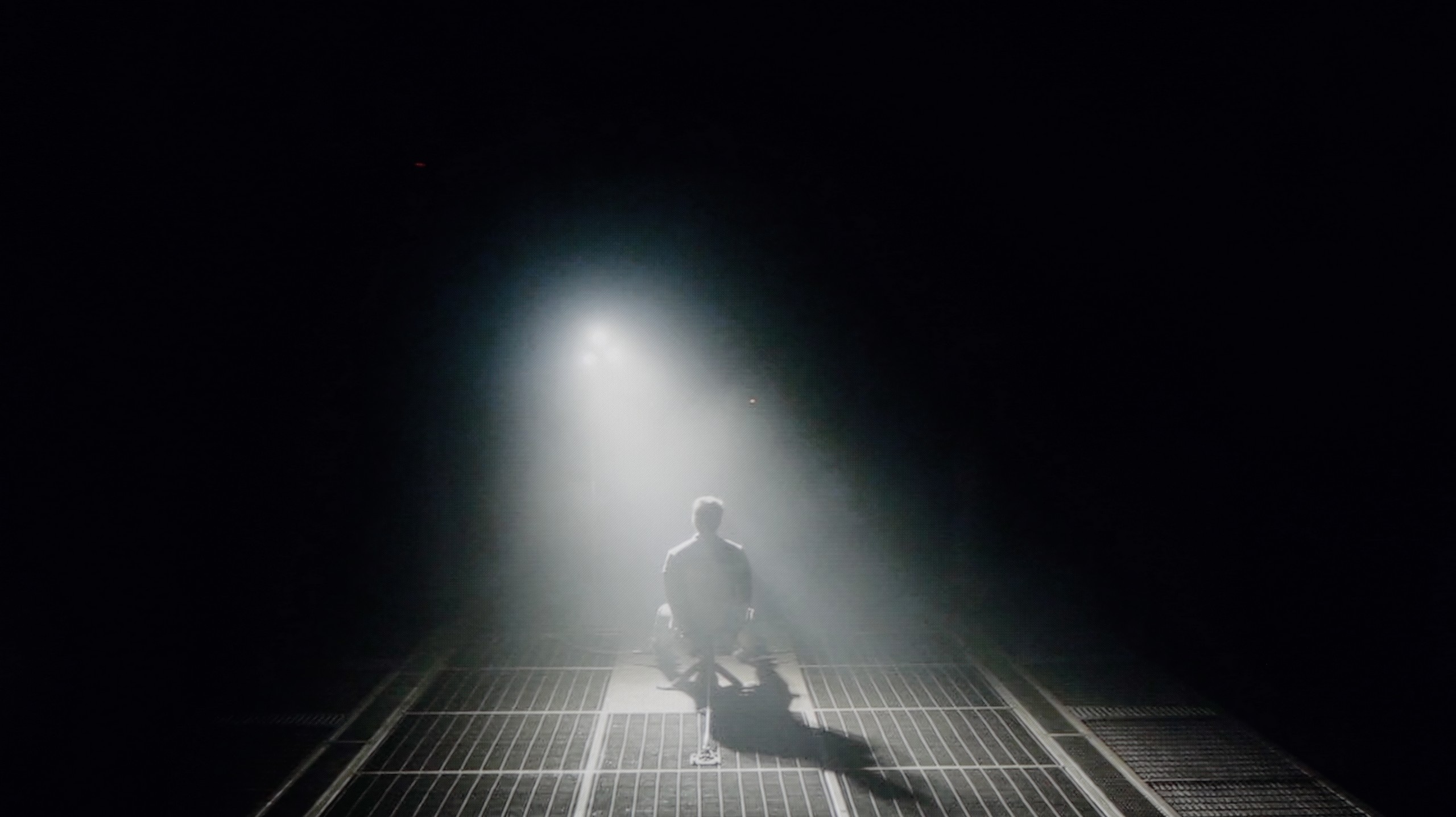
Although the manufacturer describes the QNED86A as a Mini-LED television, there is no multi-zone local dimming system here like those found in more expensive models. In practice, we are dealing with traditional edge lighting, which only allows for dimming horizontal bands of the screen from top to bottom. Combined with a low-contrast IPS/ADS panel, the effect simply falls short. If we decide to leave local dimming on, a problem arises – the television can illuminate selected portions in such a way that it looks like "flying lasers" cutting across the screen. This is very distracting, and it is difficult to speak of truly cinematic experiences under such conditions. Therefore, in our opinion, it is better to turn this feature off. However, one must reckon with the fact that the contrast then drops to around 1500:1, but at least the picture does not irritate with artificial flashes.
The biggest difference in the 50-inch variant is the way the Bravia 3 handles contrast. Although the television is not equipped with a local dimming system, the very change of the matrix type to VA provides a noticeable effect. The contrast is definitely higher than in the other sizes based on IPS panels, and the black no longer resembles faded shades of grey or navy. As a result, much more detail is visible in the darker parts of the image, making evening viewing simply more enjoyable. It's still not on the level of the more expensive Sony models, but the difference compared to the other variants of the Bravia 3 is clear and easily noticeable after just a short viewing session.
HDR effect quality
6/10
4.9/10
Luminance measurements in HDR:

Result
602 nit

Result
524 nit

Result
690 nit

Result
512 nit

Result
500 nit

Result
319 nit

Result
360 nit

Result
393 nit

Result
365 nit

Result
395 nit
Scene from the movie “Pan” (about 2800 nits)

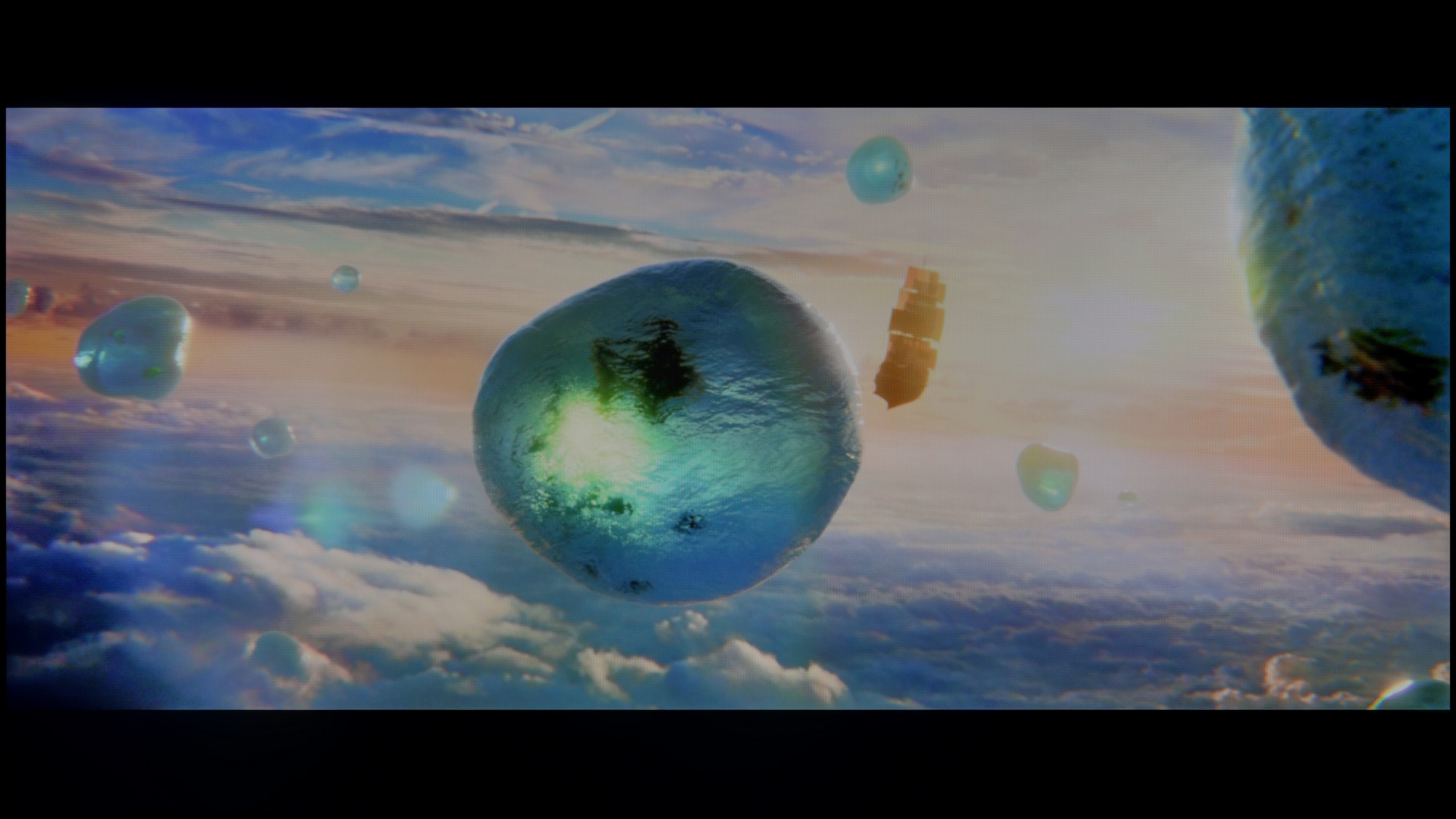
Scene from the movie “Billy Lynn” (about 1100 nits)

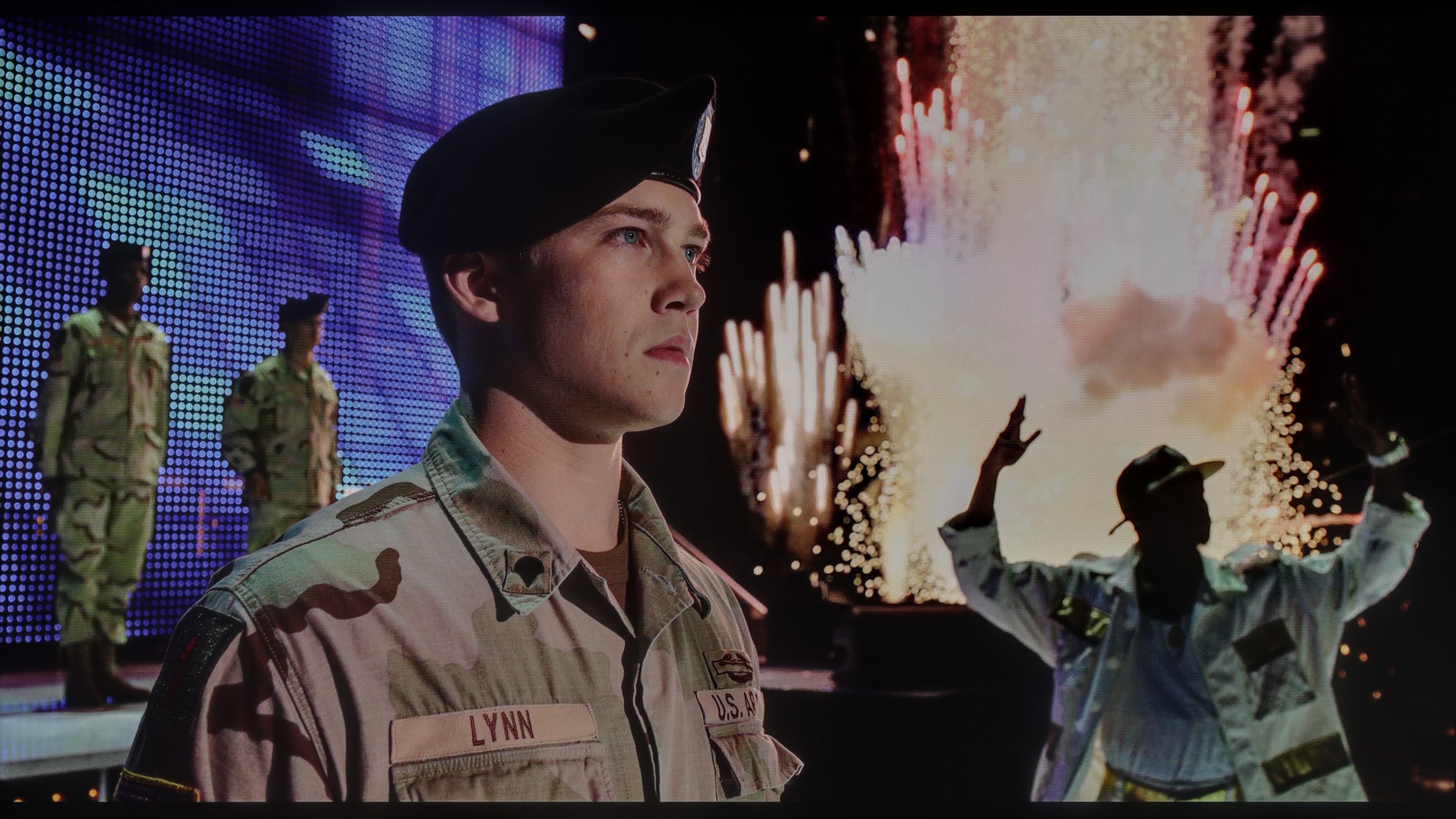
Static HDR10

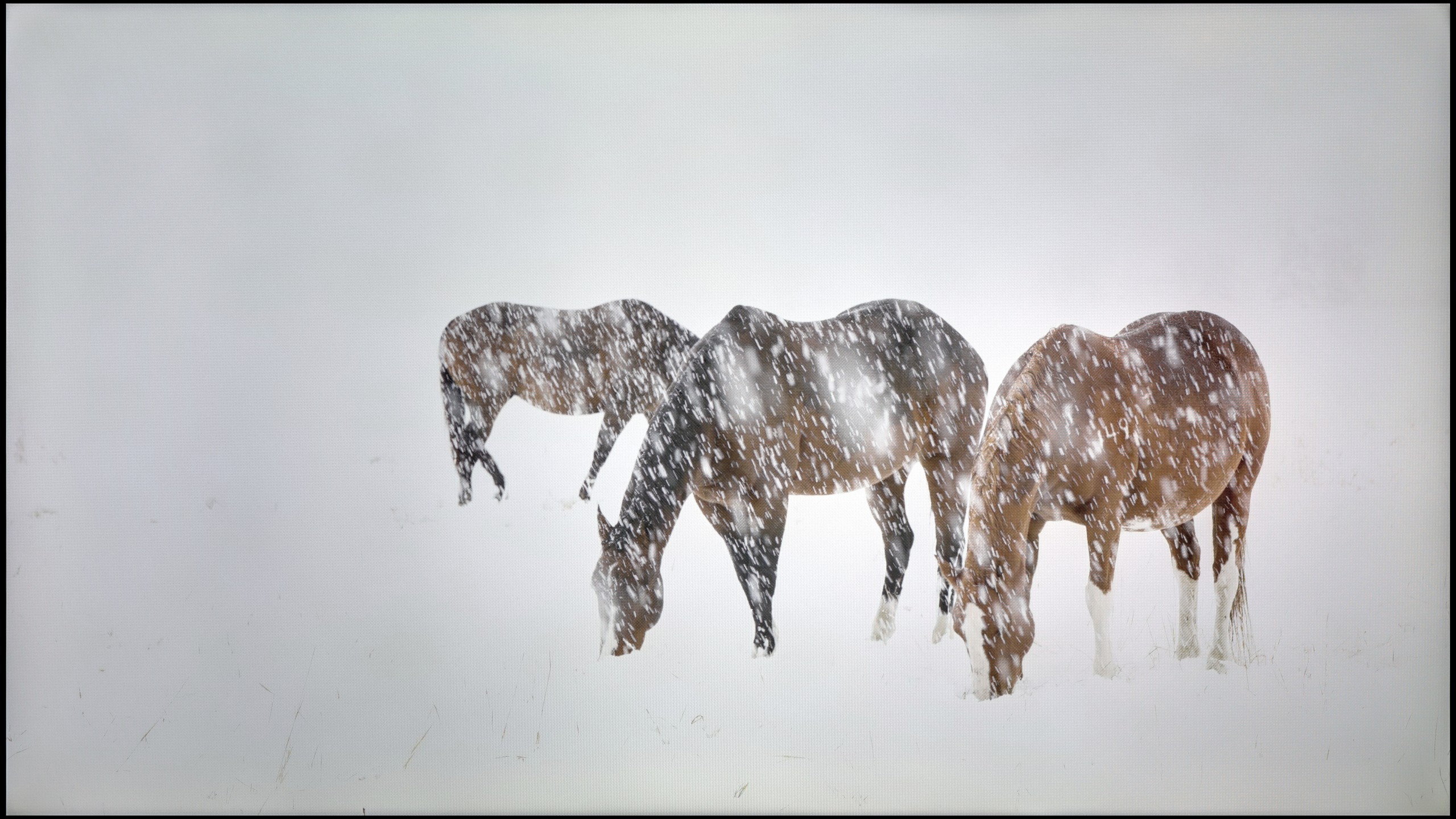
Dynamic: Dolby Vision
Dynamic: Dolby Vision


HDR luminance chart:
Sony Bravia 3 50' (VA)
HDR luminance
LG QNED86A / QNED85A / QNED87A
HDR luminance
Against a backdrop of contrast and black, the brightness of the QNED86A and the overall HDR effect perform much better. This is a television that can achieve around 700 nits under the best conditions, so in terms of luminance alone, there is nothing to be ashamed of. As a result, scenes with strong lights, explosions, flashes, or bright parts of the landscape look clear and can make an impression. Interestingly, even in more challenging moments with small, contrasting elements on the screen, the television manages well with their backlighting, and the details are quite visible. The problem arises when there are many dark tones. The lack of effective local dimming causes the black to practically disappear, and instead, we get a grey haze spreading across the entire screen. This kills the sense of depth and makes the image look flat, as if it lacks a cinematic character. In bright animations or colourful family films, this will not be a problem, as vibrant colours and bright light dominate. But in horrors or productions set in darkness, these limitations are very strongly felt. As a comfort, it is worth adding that the QNED86A is actually a QLED television with a PFS LED filter, which gives it very good coverage of a wide colour gamut. Both the DCI-P3 palette and the broader BT.2020 perform really well here. This makes the colours in HDR films saturated, juicy, and with the appropriate depth – even if the black itself disappoints, the colours can save the viewing experience and make the image look attractive.
Interestingly, the 50-inch version of the Bravia 3 performs slightly better in terms of brightness than its larger variants. In measurements, it achieved around 370 nits, which still does not compete with top-tier televisions, but is sufficient to suggest a semblance of HDR effect. For some users, this level will be acceptable, while others will view it as typical for SDR content, where striking highlights or strong contrasts are not expected. It must be clearly stated that the Bravia 3 is not a television for those looking to extract the maximum quality from the most challenging film materials.
This does not mean, however, that everything performs averagely. Sony has equipped this model with an additional PFS filter, which works similarly to solutions used in QLED televisions. As a result, the coverage of the DCI-P3 colour gamut has increased to over 91 percent. In everyday use, this means more vivid, saturated colours and also a more pleasing image texture. Even though it lacks strong lighting effects, films and series can look significantly more appealing than with its predecessor, the X75WL.
Factory color reproduction
5.6/10
5.8/10


Factory Mode
After calibration


Factory Mode
After calibration
We primarily tested the QNED86A in Filmmaker mode, which is designed to provide the most faithful picture. Unfortunately, right out of the box, there were quite a few shortcomings. The most noticeable was the poorly tuned white balance – there was a lack of blue, causing the overall image to take on a slightly yellowish, and at times even orange hue. An even bigger problem turned out to be the way the television manages brightness. Due to its technical limitations – specifically, local dimming that only works along the edges of the screen – the QNED86A tends to oversaturate entire scenes. This is where the flattening effect we mentioned earlier comes from. Instead of clear depth and contrast, we get something akin to “boosted brightness,” which can strain the eyes over time.
Sony Bravia 3 was primarily tested in film mode, which immediately proved to be the best choice among the factory settings. It is not an ideal picture, but compared to the eco mode that the television offers right out of the box, the difference is clear and it is a positive one. In film mode, one can notice a certain issue: the image appears too warm, which results from the lack of blue in the white balance. Nevertheless, in SDR content, the final effect can still be regarded as quite decent and satisfying for everyday viewing. Much more serious errors occur in HDR materials. The Color Checker analysis showed significant deviations, and poor brightness management, combined with limited colour gamut coverage, further exposes the shortcomings of the image in this mode. All of this means that HDR in the Bravia 3 edition is unconvincing and can spoil the impression left by a quite decent SDR content setup. Fortunately, this is not a hopeless situation. Various errors can be mitigated to some extent, and some can even be completely corrected through professional calibration. Therefore, we decided to check how the television would perform after such adjustments.
Color reproduction after calibration
7.6/10
7.5/10
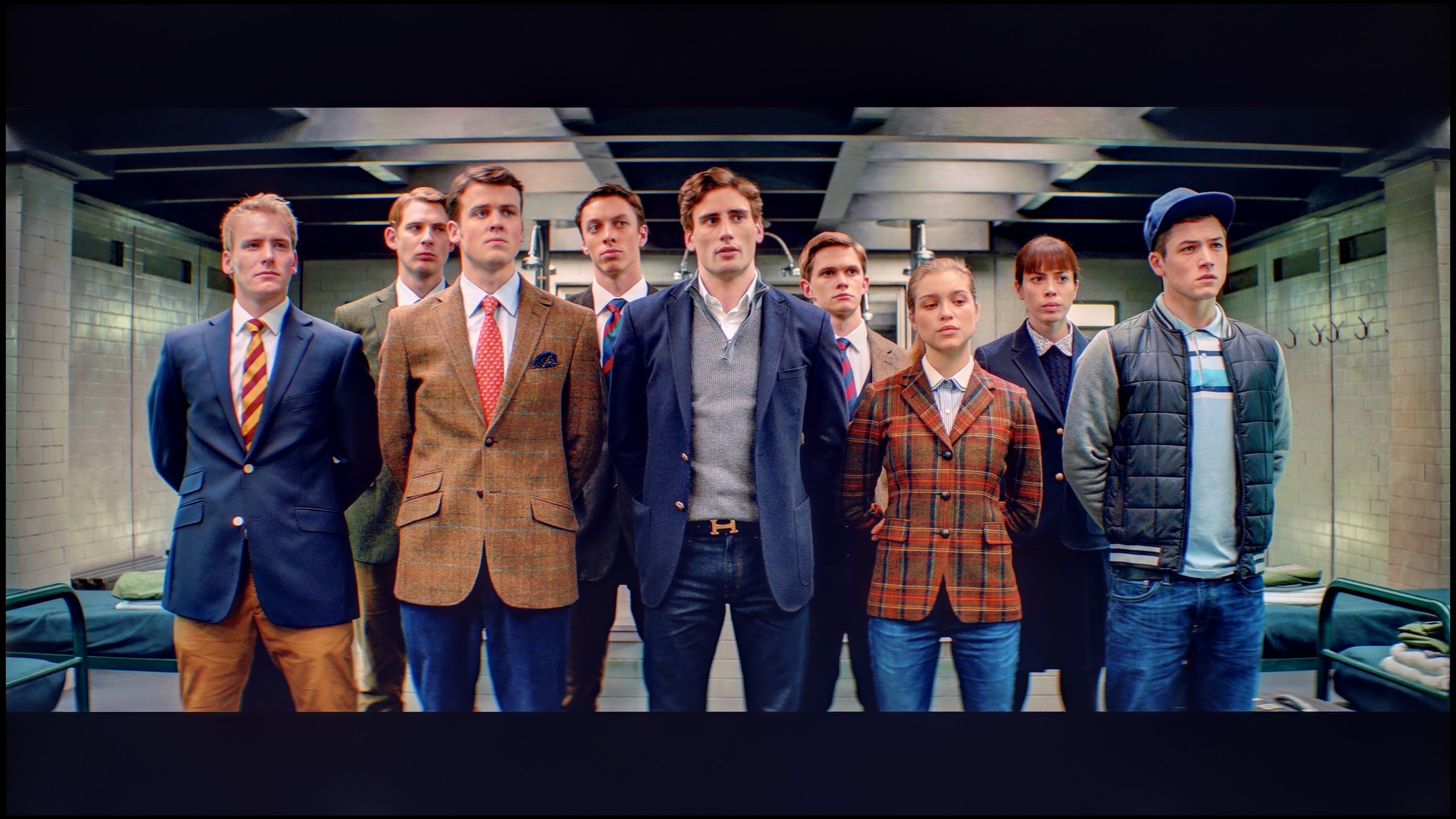
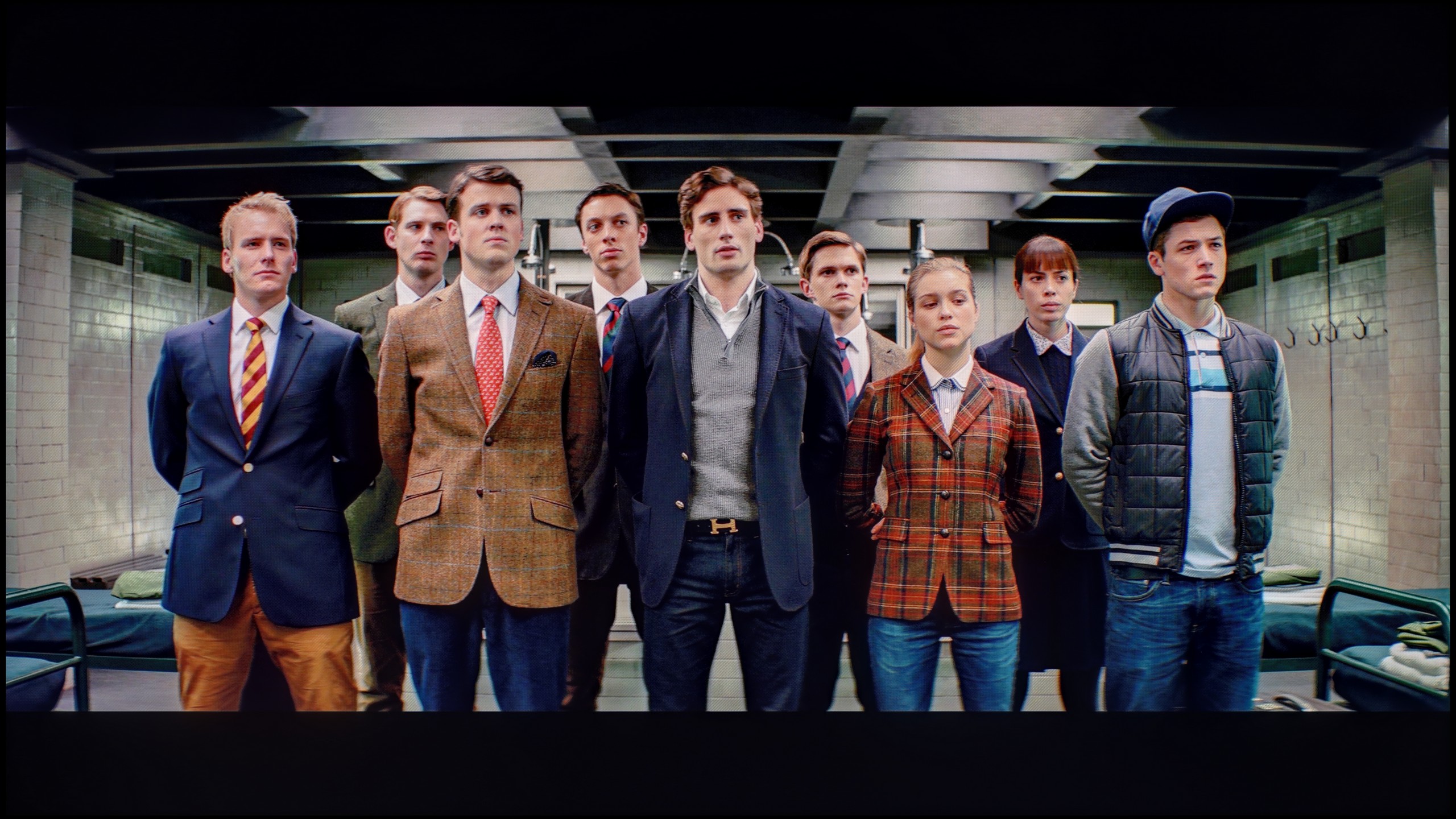
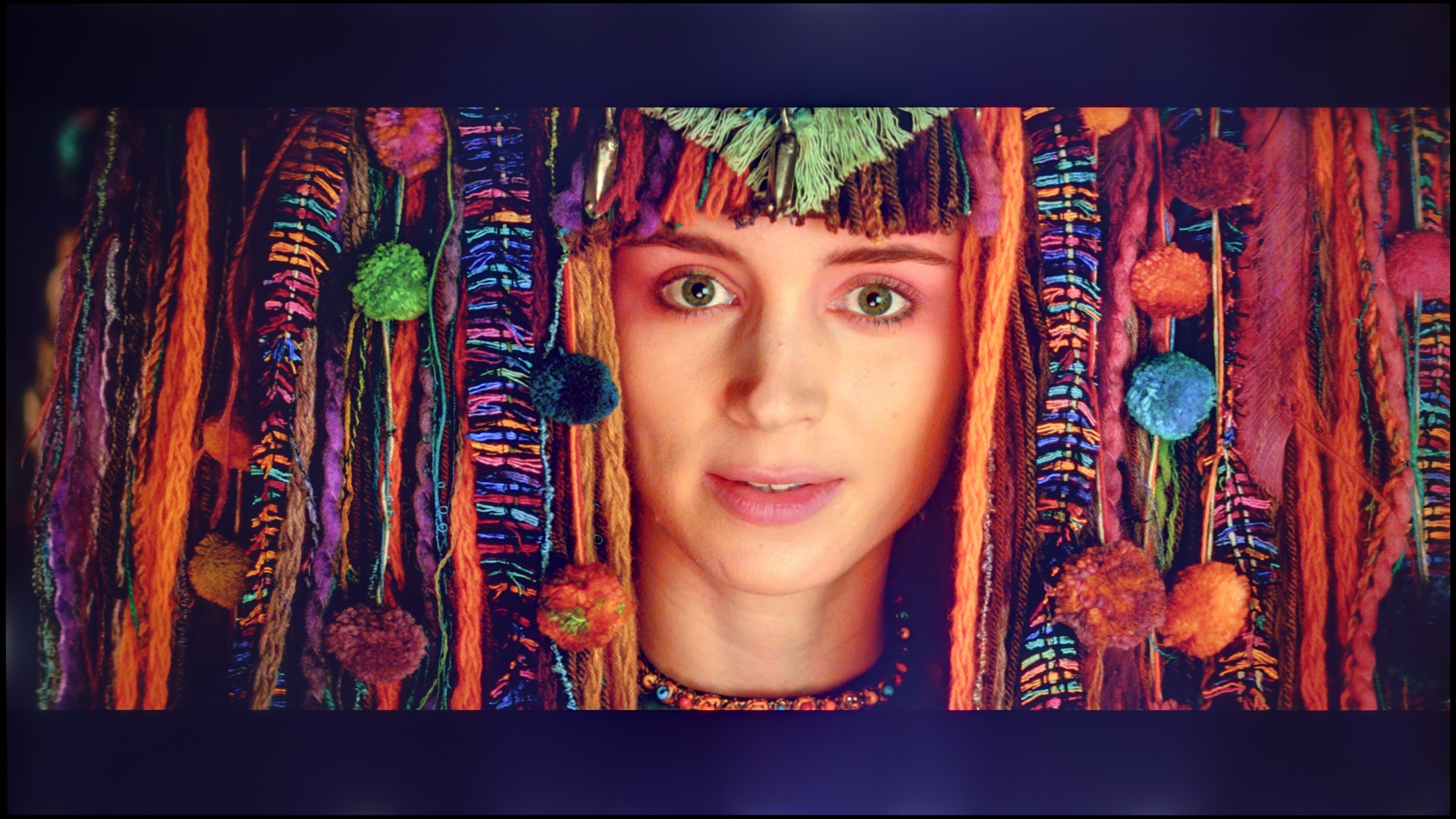
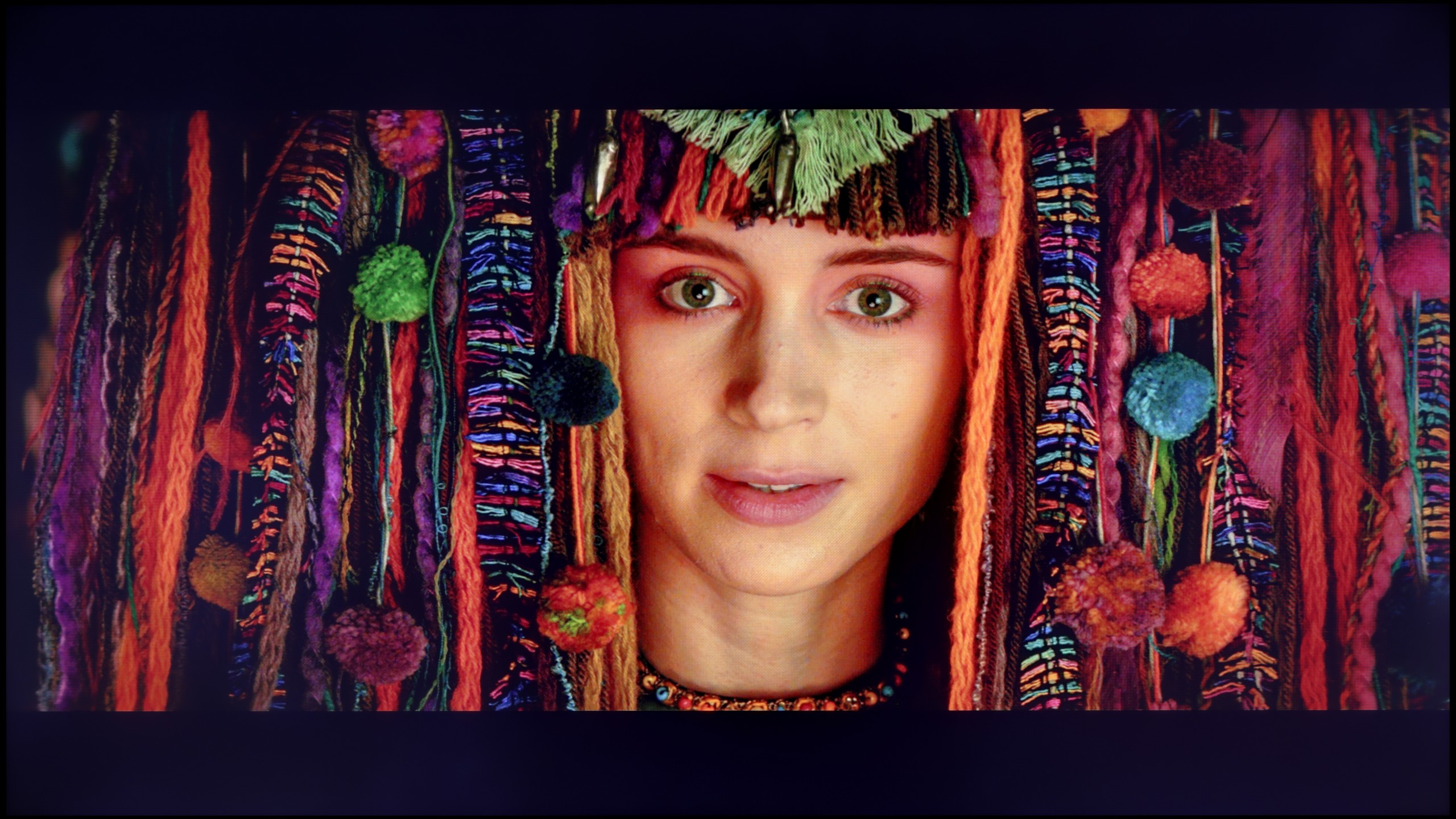
What has been saved in the QNED86A6A is undoubtedly the colours. After calibration, the white balance was set with great precision, ensuring that deviations on the Colour Checker palette mostly did not exceed the visibility threshold for the human eye. In other words – the hues finally looked natural, without the strange yellow or orange tones that previously spoiled the perception. Unfortunately, even the best calibration cannot circumvent the structural limitations. The already very modest number of local dimming zones and their unfortunate placement mean that the analysis of the EOTF curve in films still showed clear over-brightening of scenes. The picture tended to flatten, lacking cinematic depth. Fortunately, this effect is not so noticeable in older productions or in SDR content. There, the calibration truly makes a difference and allows one to harness the QNED so that the image can be appealing. However, the specifics of this construction – especially the issues with contrast – cannot be completely bypassed.
Calibration allowed us to extract significantly more from the ChooseTV 3 than we could have expected at first. Firstly, it was possible to address the lack of blue, which had previously caused a noticeable warming of the image. After a slight adjustment to the white balance, most of the errors in the Color Checker measurements for SDR content practically disappeared. The shades of white became more natural, and the brightness management in gamma stabilised to a nearly perfect level, not exceeding the threshold of human eye perception. Therefore, it can confidently be said that in SDR content, after a few adjustments in settings, the ChooseTV 3 performs really brilliantly. Much worse, although still definitely better than before calibration, are the HDR contents. The white balance was brought into order, but the limitations of the IPS panel are insurmountable. The lack of local dimming means that even the smallest elements can be overexposed, which is immediately noticeable. Colour-wise, the effect is also improved, although far from ideal – many errors still exceed the threshold of four, or even five delta E units, meaning they remain visible to the human eye. It was already clear earlier that the ChooseTV 3 is not a television designed to impress with HDR quality. Nonetheless, it is pleasing to note that in SDR content, after calibration, the image can look truly excellent, and in this category, the television positively surprised us.
Smoothness of tonal transitions
8.9/10
9.1/10

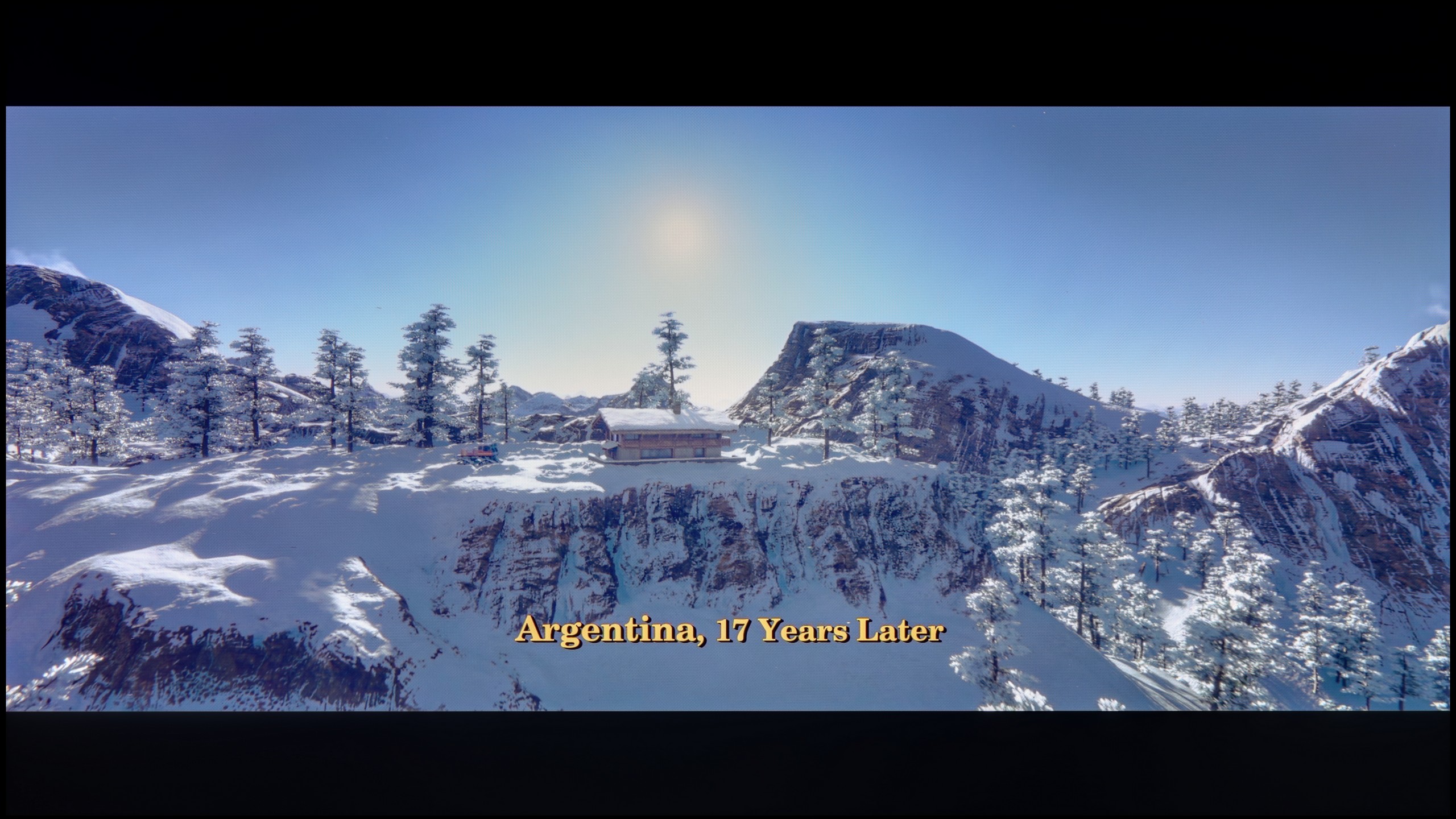

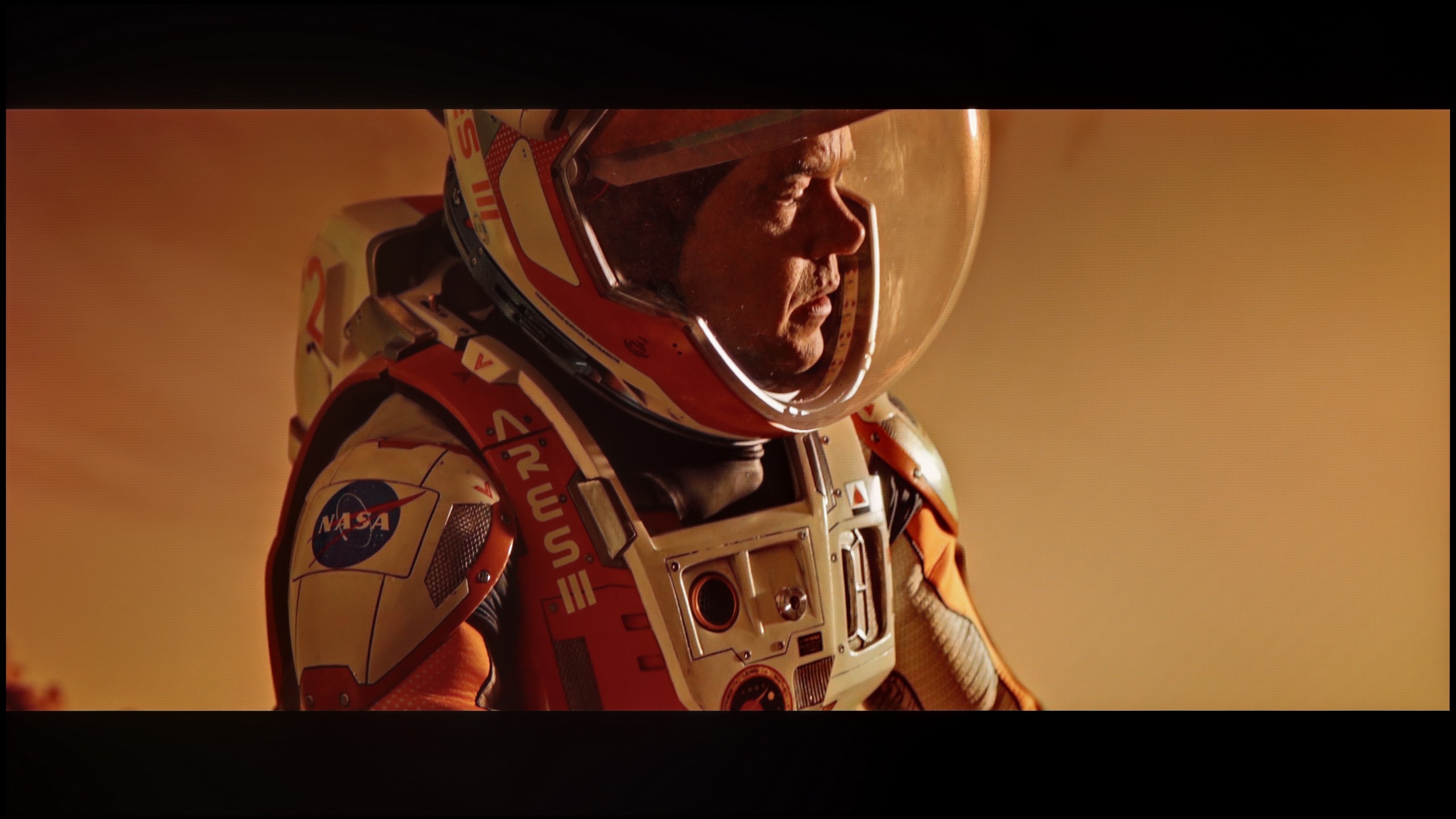

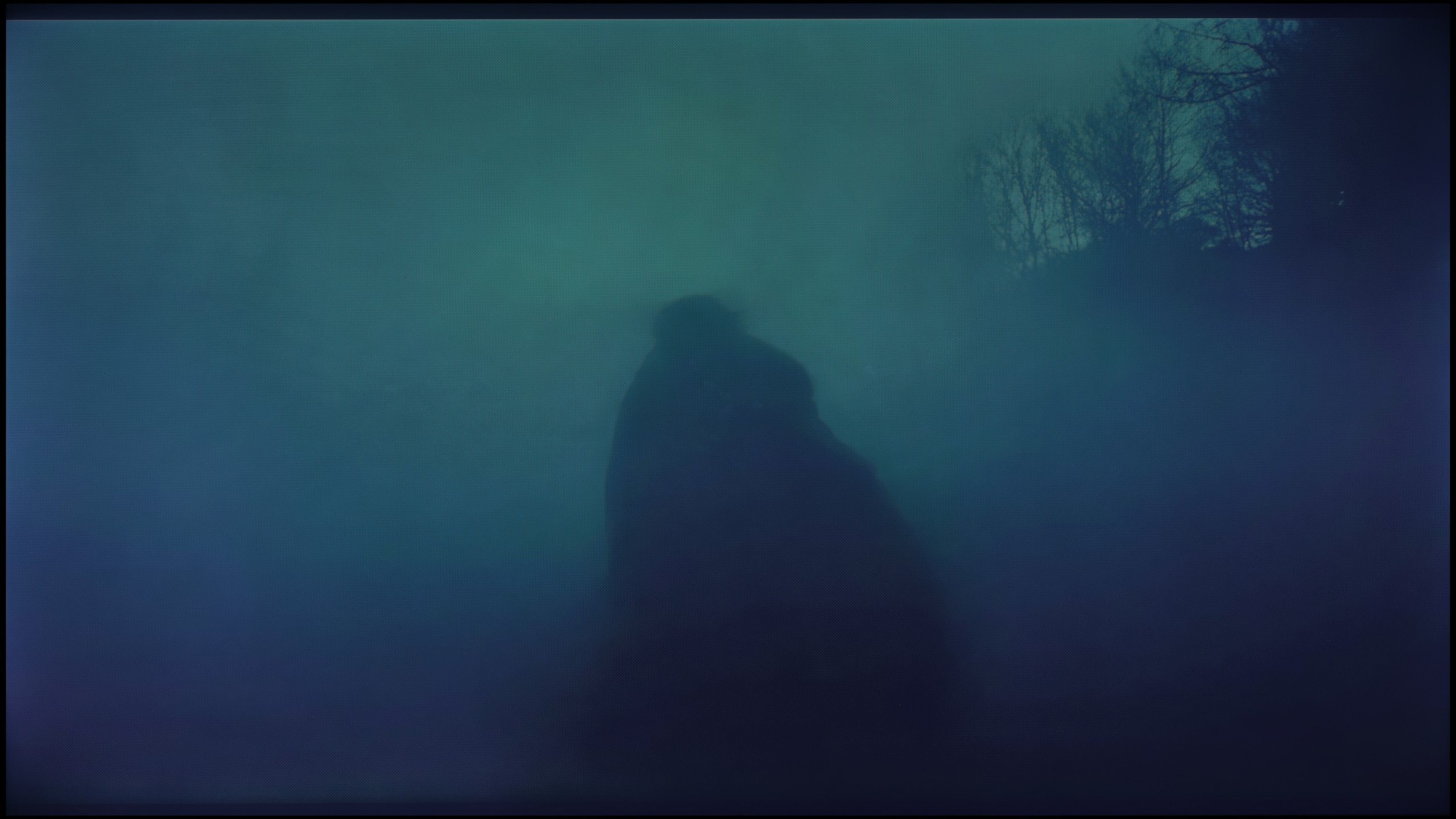

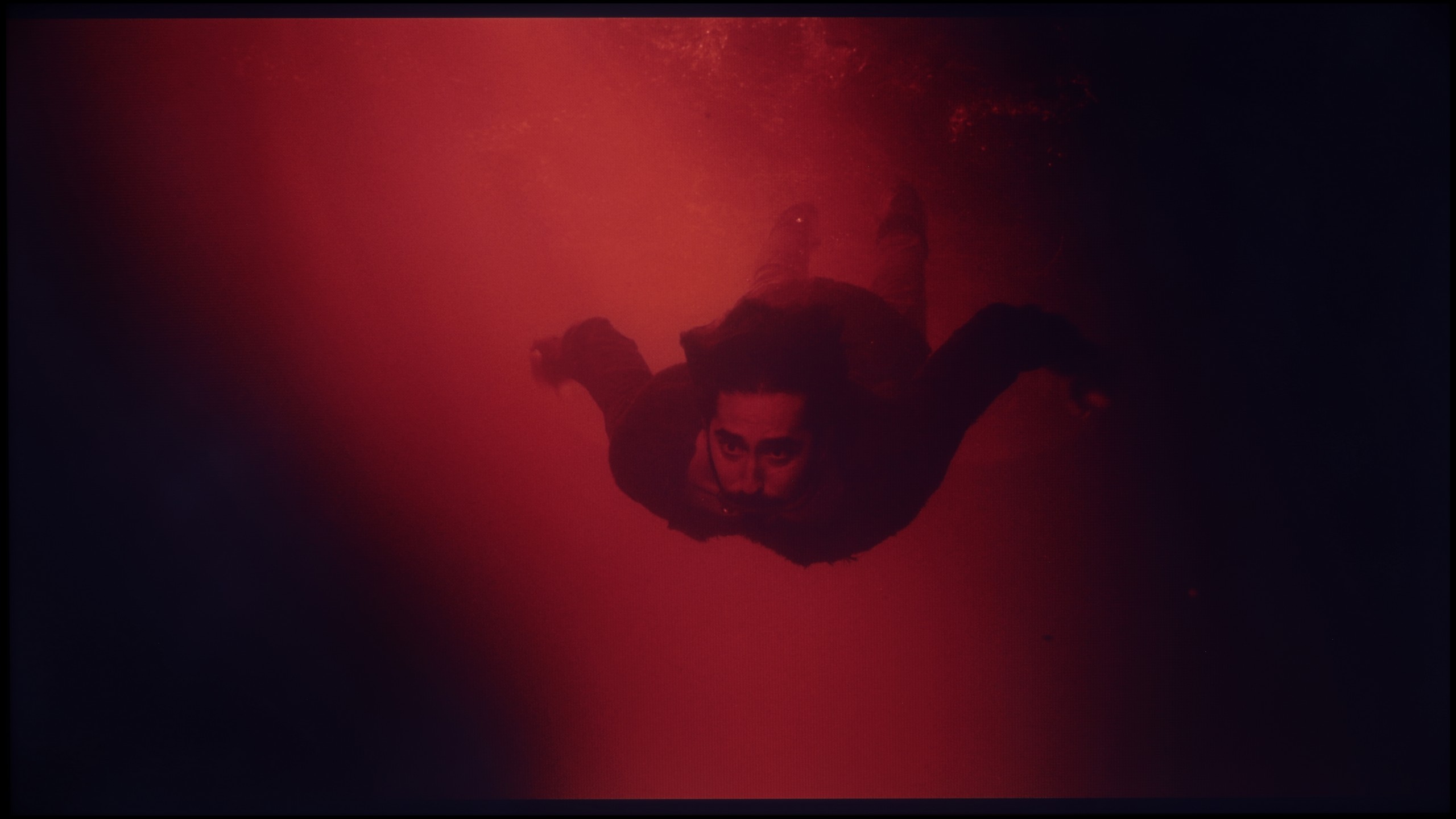




The colour blending is one of the stronger points of the QNED86A. During everyday viewing, the image is presented very smoothly, without noticeable "steps" or sudden transitions between colours. The television handles colour merging in a quite natural way, so with most material, it is difficult to spot issues with gradation. Any imperfections only appear under extreme conditions – for example, in the darkest parts of films, where even much more expensive televisions can encounter problems. There you might notice slight banding or characteristic stripes, but these are marginal situations that should not interfere during normal usage. Overall, the QNED86A performs quite well in this category and has nothing to be ashamed of in comparison to the competition.
In terms of the fluidity of tonal transitions, the experience with the Bravia 3 featuring a VA panel is very similar to what we observed in the IPS variant; however, there is one significant factor here – screen uniformity. The VA panel performs significantly better in maintaining image consistency, which immediately translates into a higher rating. This was most easily noticeable in scenes from the film Green Knight. In the IPS version, strong brightening and vignetting practically prevented a proper assessment of the gradation itself, whereas in the 50-inch variant, this issue has been greatly reduced. As for the tonal transitions themselves, the television performs really well. In bright parts of the image, we did not notice any serious errors – the colours blend smoothly without creating artificial contours. In darker scenes, there are also no major issues with colour gradation, and thanks to the more uniform backlighting, the image is considerably more pleasant to view than in the version with the IPS panel. Therefore, it can be said that this is one of those categories in which the Bravia 3 in the 50-inch version performs surprisingly well.
Image scaling and smoothness of tonal transitions
7.8/10
7/10
Smooth transition function

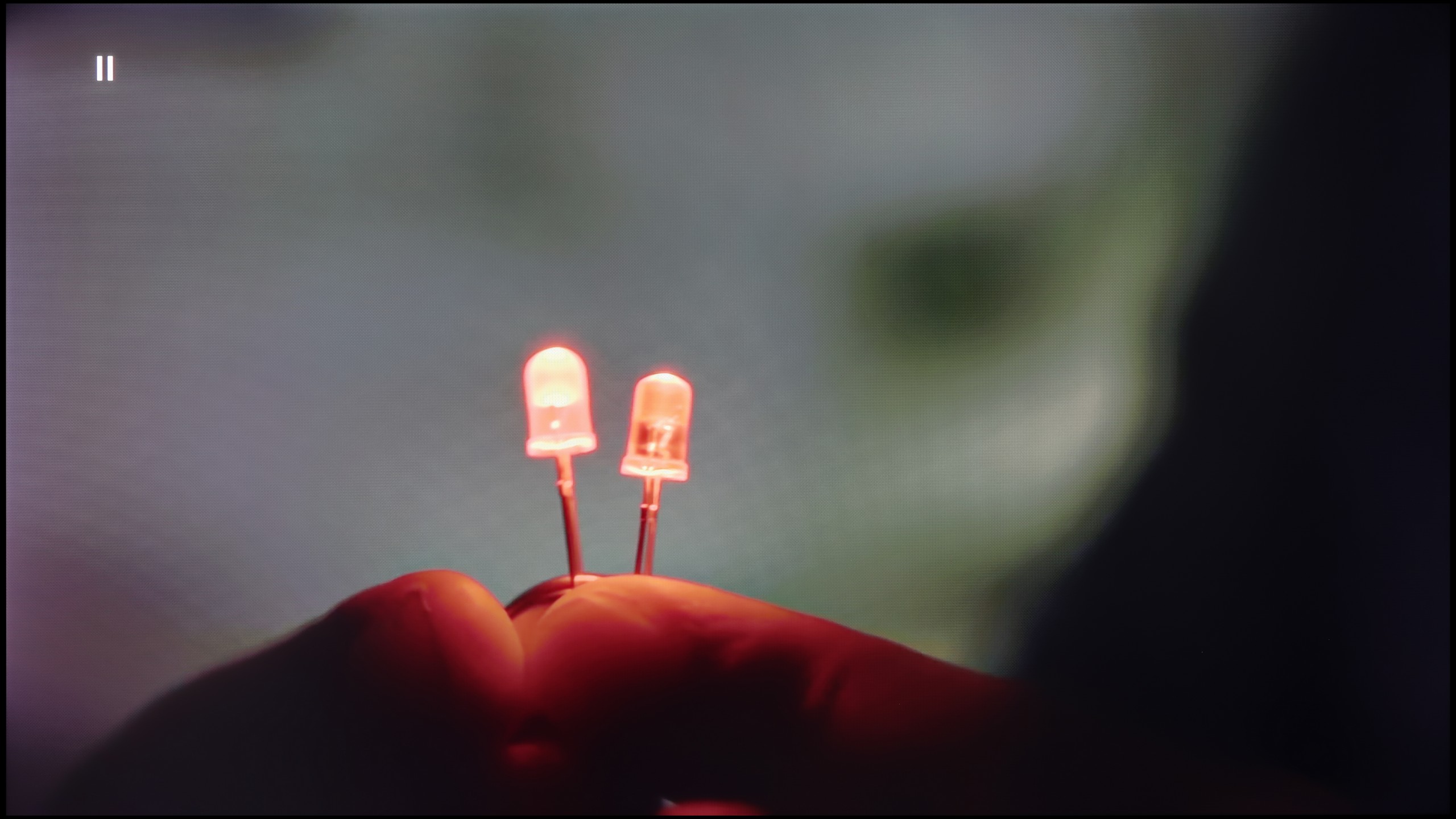
Image without overscan on the SD signal

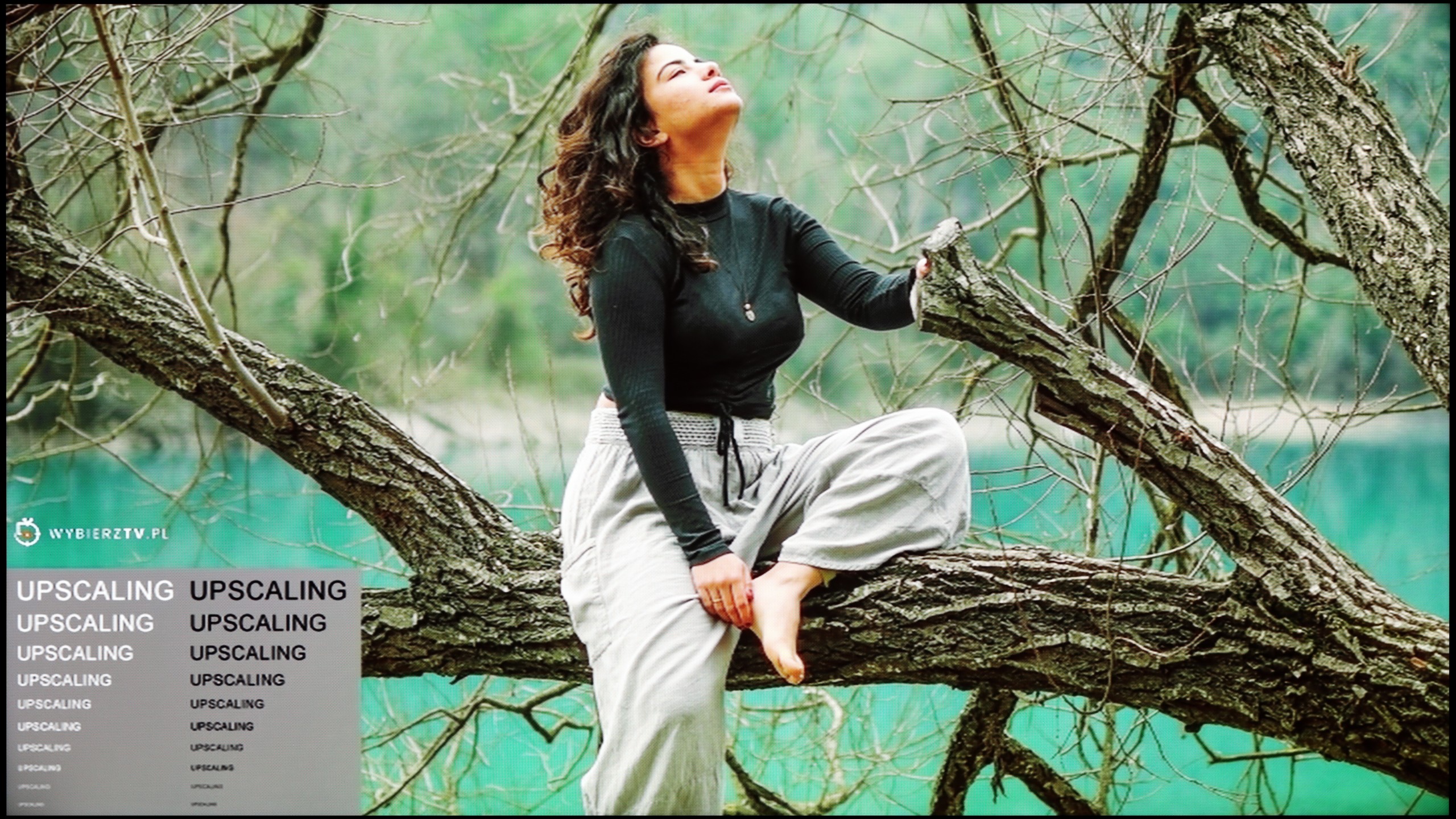
If someone is worried about potential "steps" when blending colours, there is a simple way in the QNED86A to address this. Just activate the feature called Smooth Gradation and set it to a medium level. Then the television really smooths out all those unwanted transitions quite well – especially in older productions – and it does so in a way that film grain doesn't disappear, nor do strange artefacts appear. In other words, it can be used without concern.
The upscaling itself also performs quite well. Of course, there are no miracles here – with lower quality sources, you can notice characteristic ringing. Fortunately, there is a sharpness slider in the menu, and if someone prefers a more "soft" image, it can be quickly adjusted to personal taste.
Bravia 3 brings something more than just a shared name to the Sony television family. It stands out primarily for its ability to enhance the quality of inferior materials thanks to the processor used. Of course, we won't find the advanced XR chip known from more expensive models here, but nevertheless, it's worth noting that the image at lower resolutions looked surprisingly good. The upscaling worked effectively, and most parts of the screen were free from the typical excessive edge tearing characteristic of budget constructions. The feature enhancing the smoothness of tonal transitions is also noteworthy. In the high setting, it performs really well, effectively masking gradation imperfections without significant loss of detail. It does happen, however, that the algorithm overly smooths elements that should remain sharp – for example, faces – but overall, the effect is beneficial. The best results were achieved precisely at the highest setting, and this option could be recommended to those watching lower-quality content.
Blur and motion smoothness
7.9/10
4.5/10

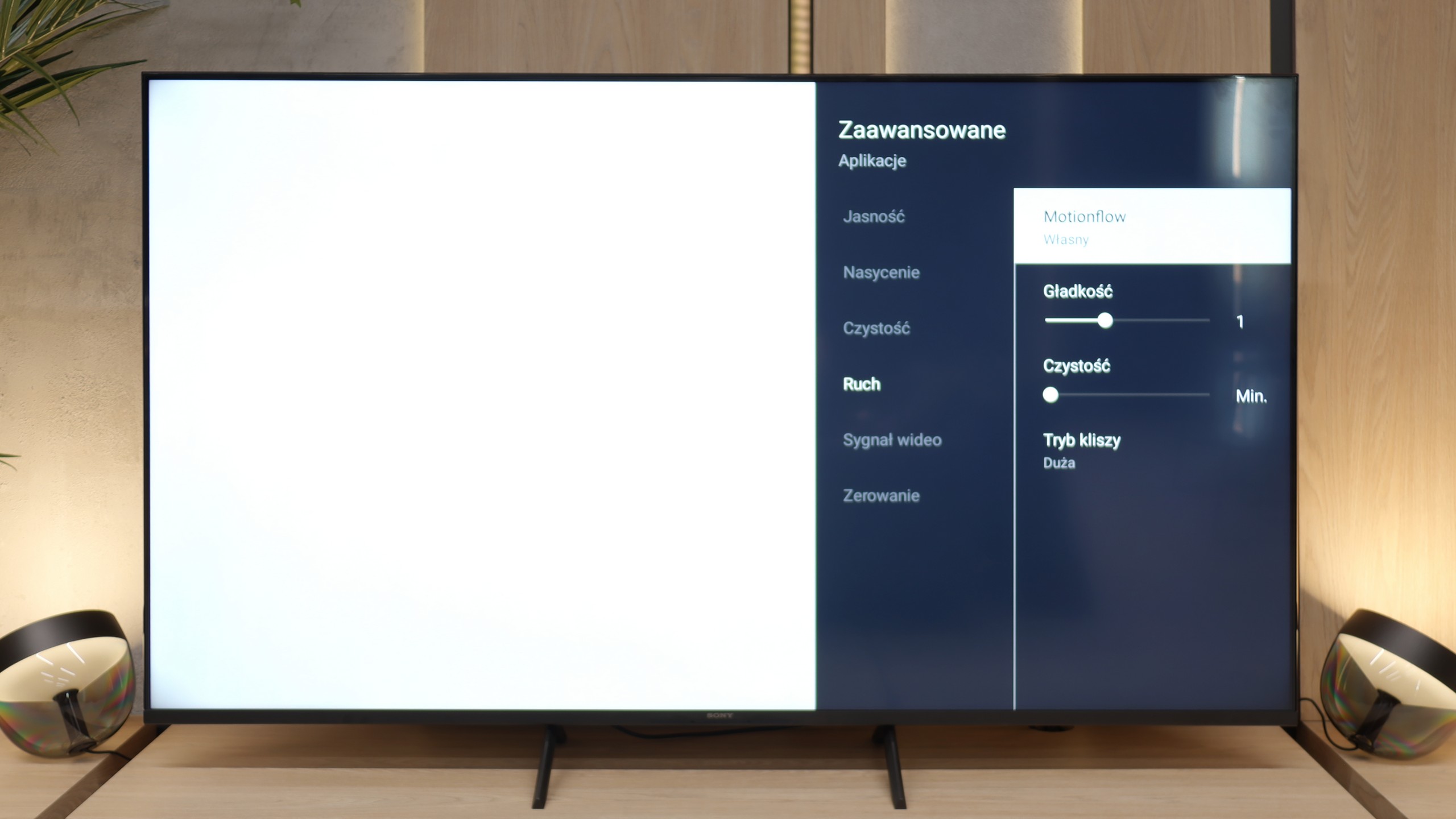
Blur (native resolution, maximum refresh rate):



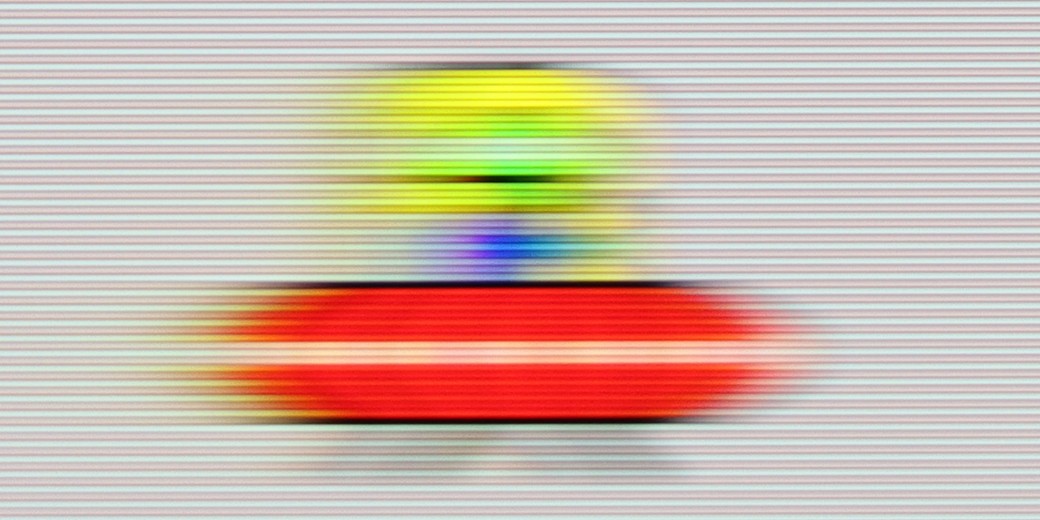
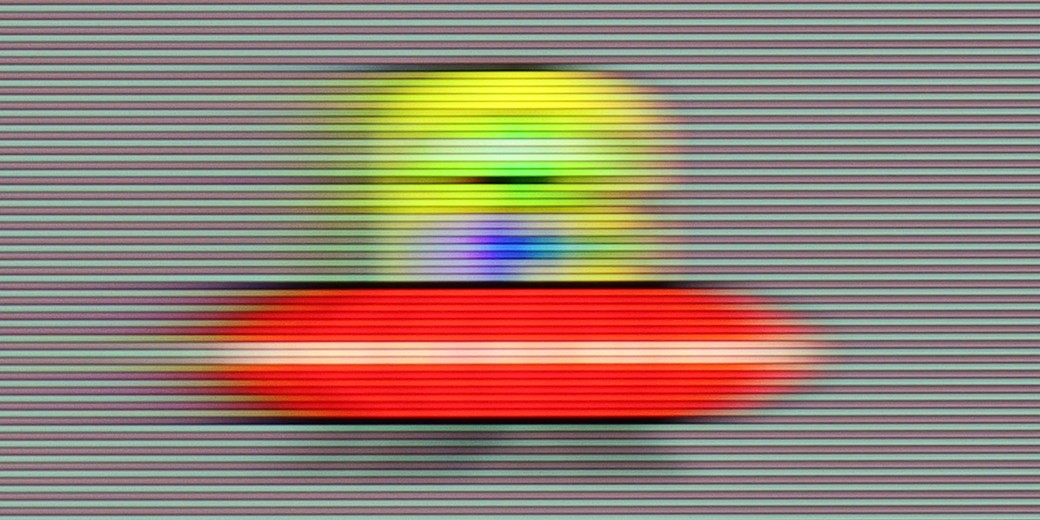
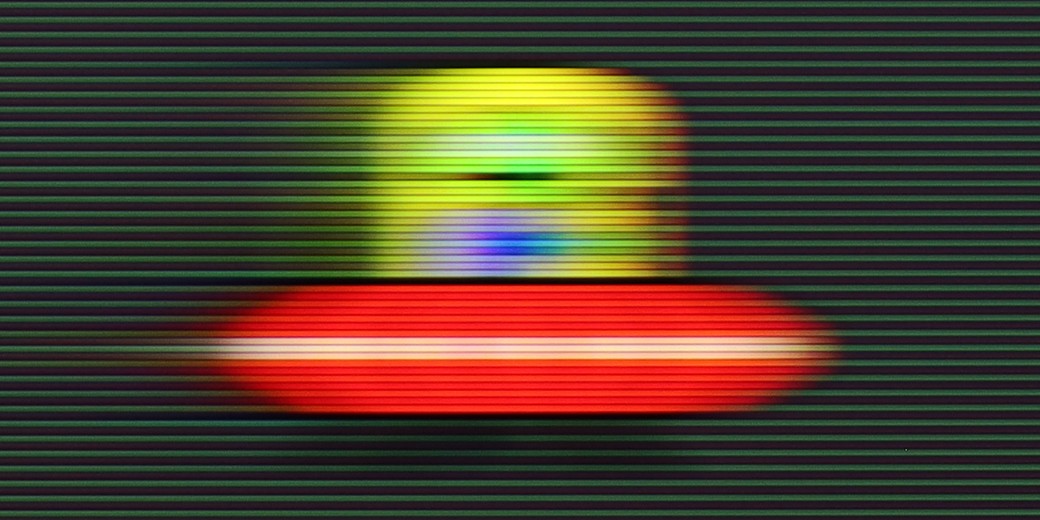
Blur (BFI function enabled):



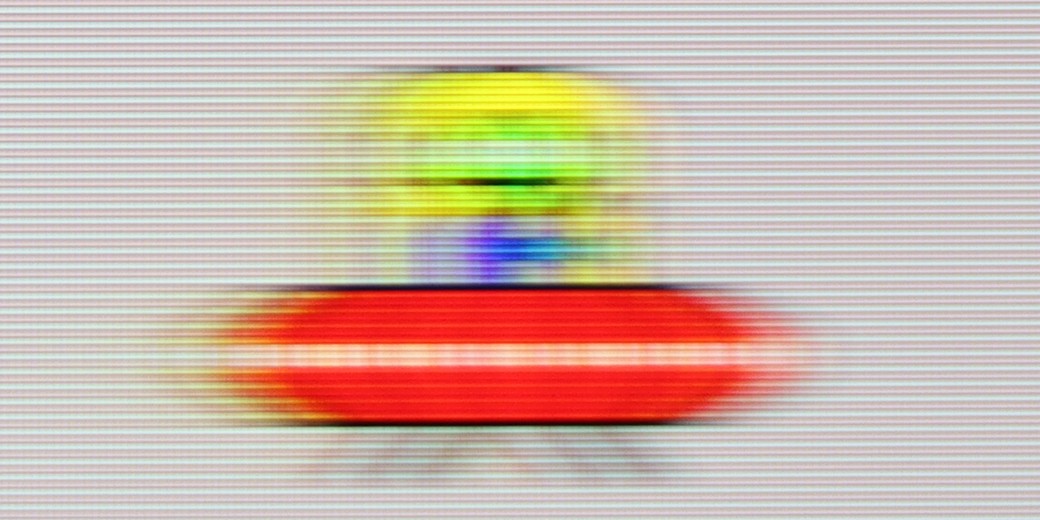
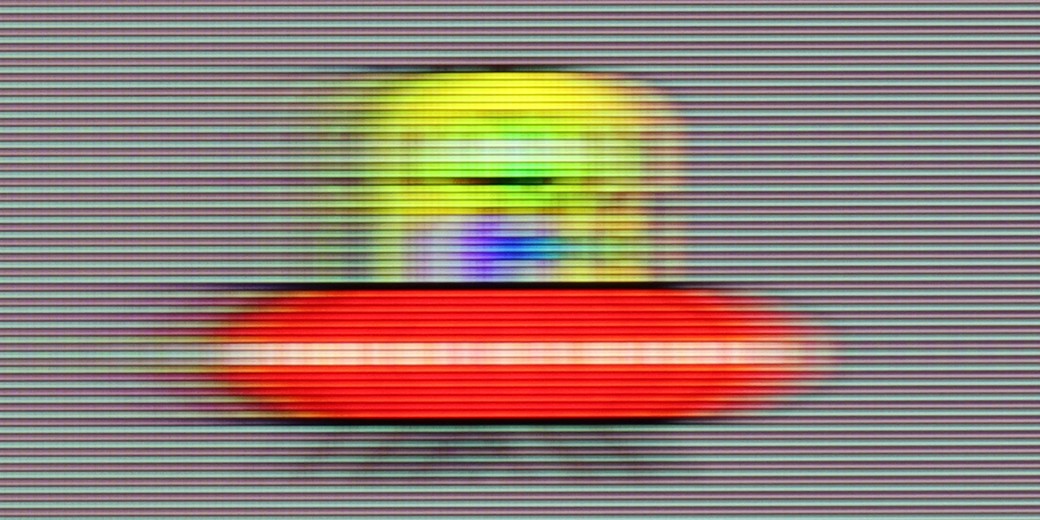
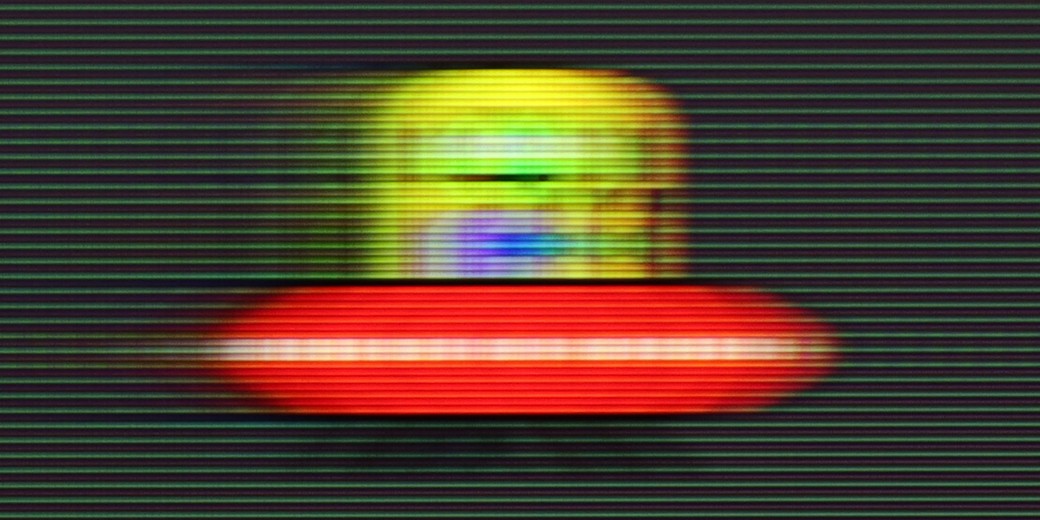
The QNED86A is equipped with a panel boasting a refresh rate of 120 Hz, so it can be said from the outset that it is suitable for both sports and gaming. And indeed, it is – the image appears smooth, and motion blur is not particularly intrusive. IPS panels have always had some issues with this, and here too, slight blurring can sometimes be noticed, especially in very dynamic scenes, but it is not something that ruins the viewing of a match or a fast-paced game. For cinema and sports fans, LG has included the traditional TruMotion smoothness enhancer. In the menu, we have two sliders – one for movies (De-Judder) and the other for sports (De-Blur). The first adds missing frames and can be adjusted to modify the character of motion – from raw, cinematic to a smoother, more ‘theatrical’ look. The second improves sharpness during dynamic actions, so it's worth turning it up a bit if you watch a lot of sports.
The fluidity of motion has never been a strong point of televisions equipped with 60 Hz panels, and the Bravia 3 is no exception. Nevertheless, Sony has added something that may appeal to those more sensitive to the way images are displayed. This refers to the proprietary motion smoother, Motion Flow, which offers users a considerable amount of adjustment options. With it, one can make the image smoother, even theatrical, or stick to a more cinematic style with the characteristic judder that many associate with a filmic atmosphere. These functions work with content shot at lower frame rates, such as films and series recorded at 24 or 30 frames per second, which is the kind of material we encounter daily. It is precisely at this point that the motion smoother turns out to be one of the most important features in everyday use of the television, and here the Bravia 3 performs quite well.
Console compatibility and gaming features
9.8/10
4/10
- ALLM
- VRR
- VRR range48 - 120Hz
- Dolby Vision Game Mode
- Correct implementation of HGIG
- 1080p@120Hz
- 1440p@120Hz
- 4K@120Hz
- Game bar

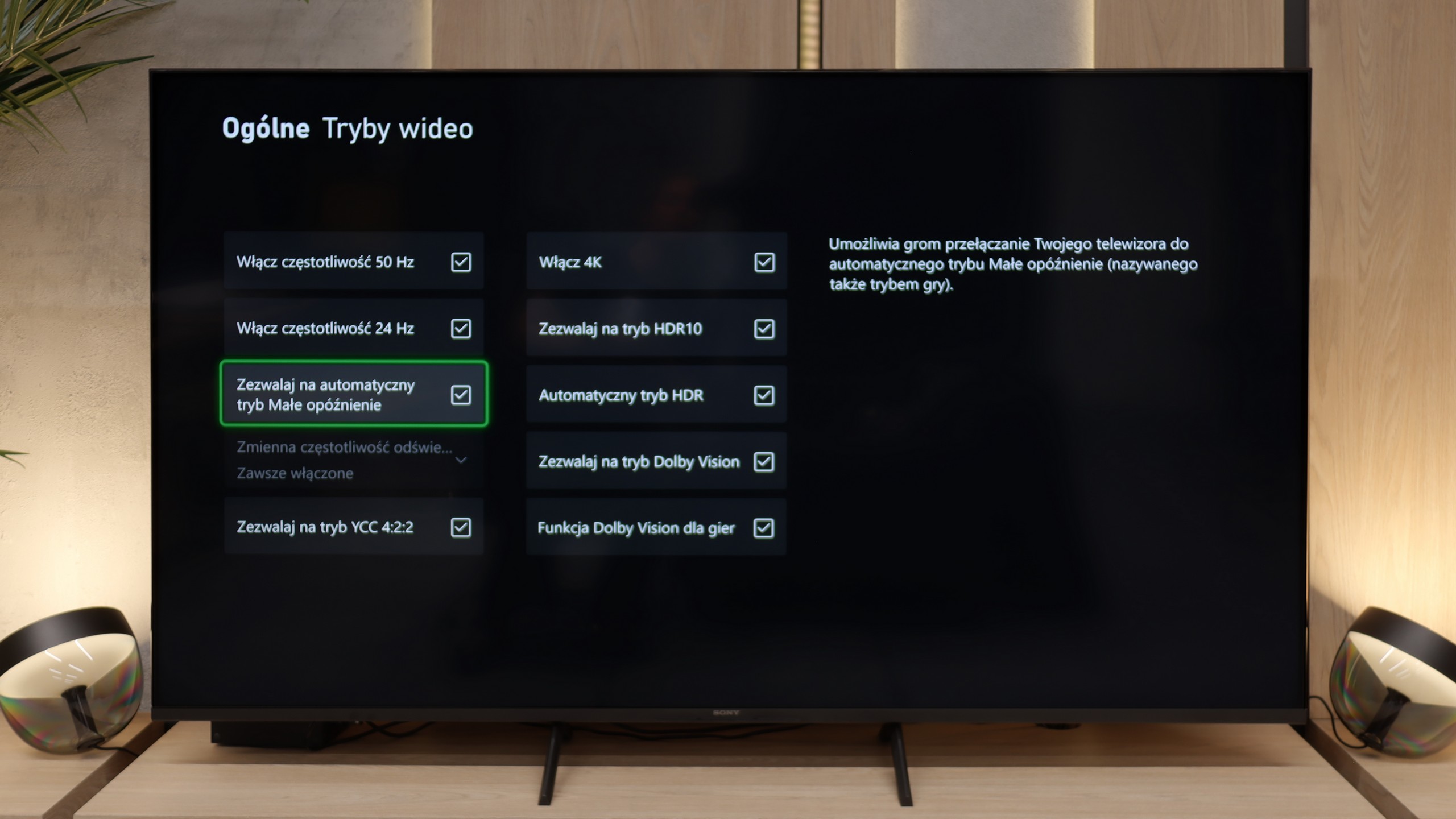

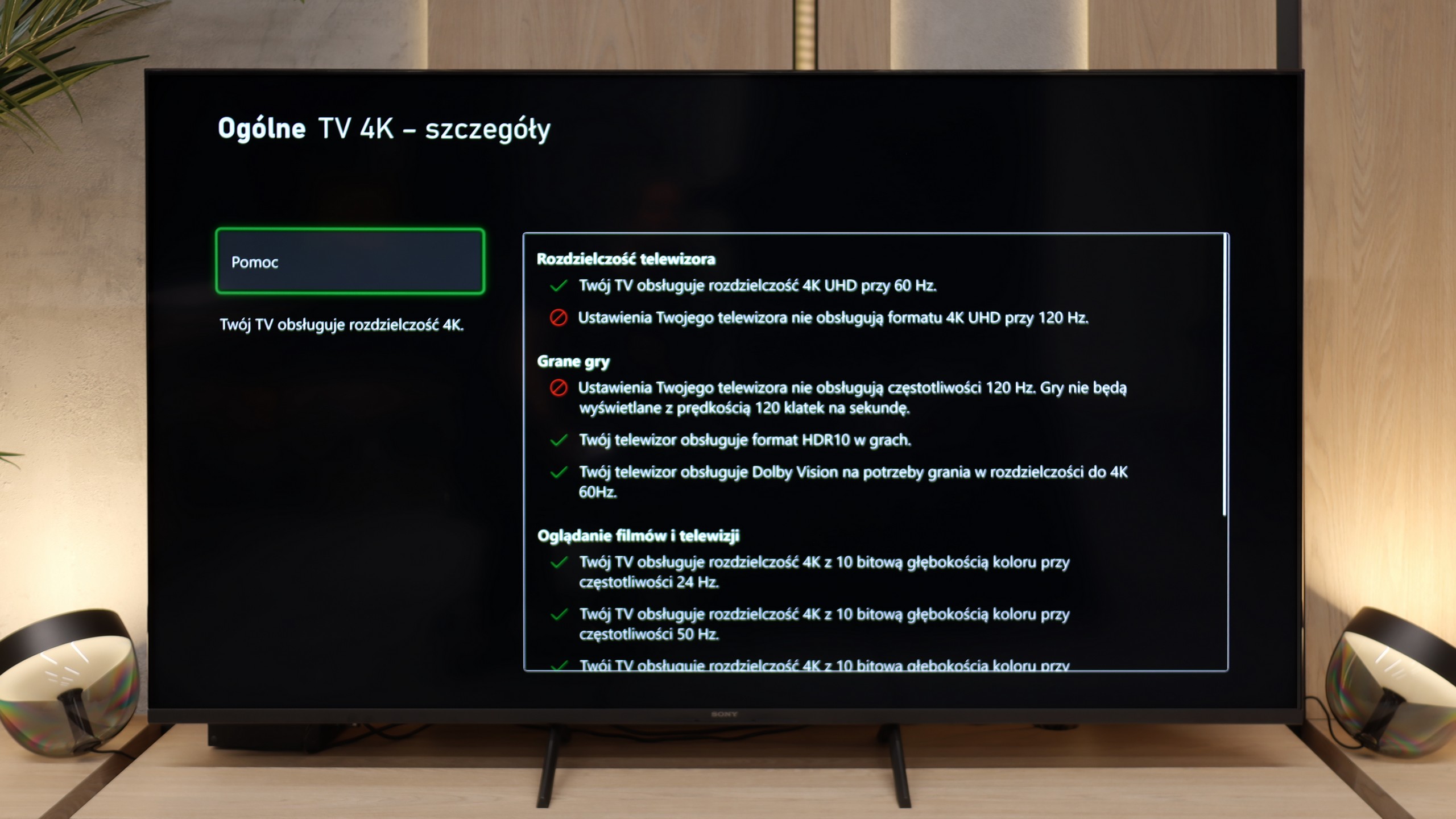

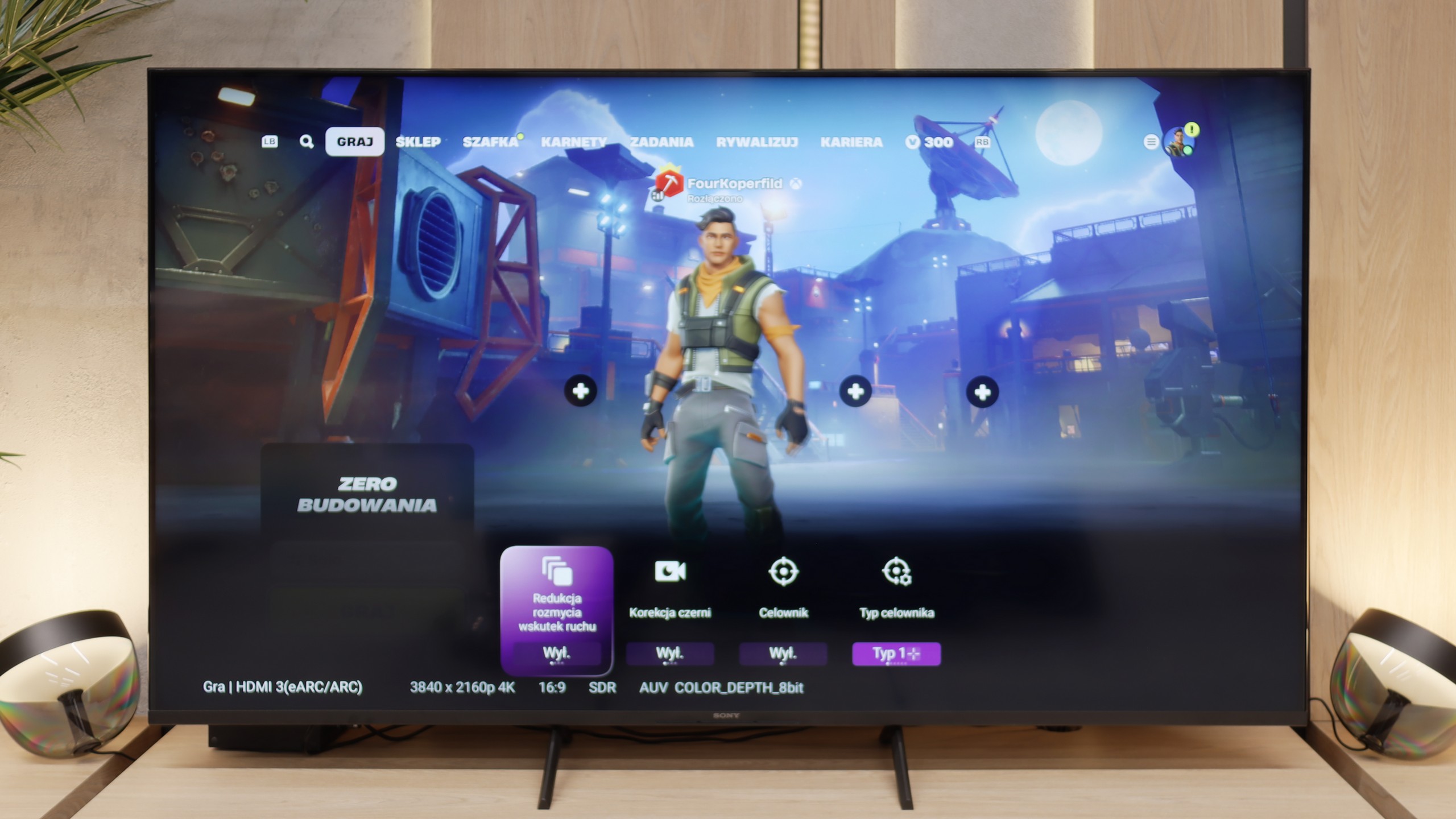

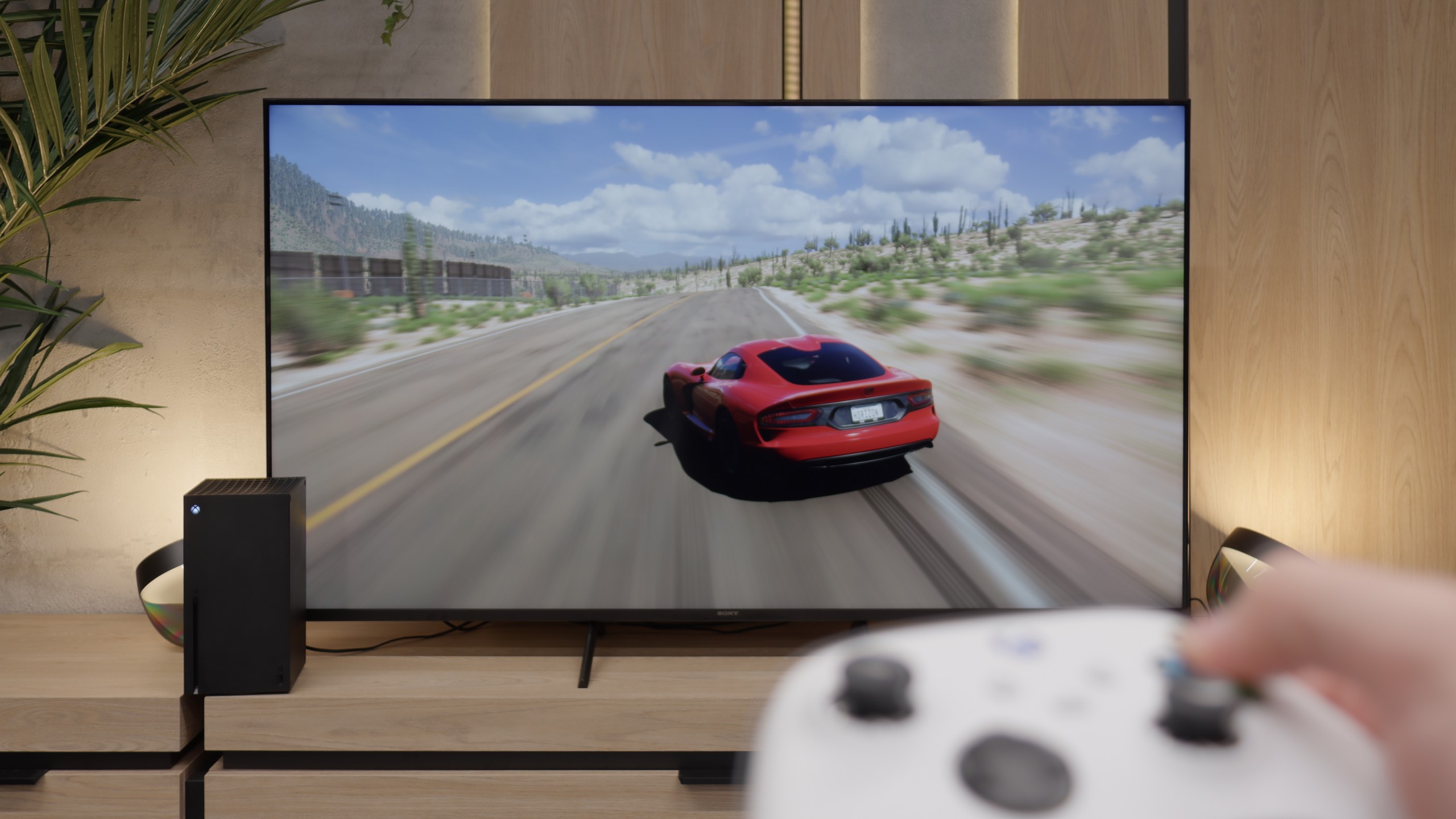
In terms of gaming, the LG QNED86A6A is a complete tool. It features four HDMI 2.1 ports with full bandwidth of 48 Gb/s, which means that whether you connect a PlayStation 5, Xbox Series X, or a powerful PC, everything will run in full 4K at 120 Hz with support for all functions. This is a significant advantage, as some competitors still only offer two such ports, which can be troublesome with multiple devices. It also includes VRR, or variable refresh rate, which eliminates screen tearing, as well as ALLM, which automatically activates game mode when the console is turned on. Dolby Vision Gaming is also included, along with proper implementation of the HGiG format, so titles that support these formats look more vivid and detailed. On top of all this, there is the Game Optimizer – a sort of control centre for gamers. From this interface, you can view picture parameters in real-time, quickly change modes, activate additional features, or adjust image settings to your personal preferences. The LG QNED86A6A essentially has everything one could expect from a modern gaming television.
Bravia 3 is not a device for e-sports enthusiasts or fans of late-night marathons with a controller in hand. The lack of 120 Hz refresh rate and HDMI 2.1 ports puts an end to that discussion before it can even begin. This is a television for casual gamers who, after work, will fire up FIFA or racing games, not for someone who measures every frame in a spreadsheet. Nevertheless, Sony has included a few nice extras so that it isn't all so bare. ALLM works as it should, automatically switching the television to game mode (low latency). There's even a simple Game Bar, which is clear and straightforward. However, the biggest curiosity here is the PlayStation Portal app. Thanks to it, you can launch games from the PS5 wirelessly and see them immediately on the television screen. It sounds great, but it only takes a few minutes to feel significant delays. In our opinion, it is more of a showcase of capabilities than something you can use on a daily basis. If someone really wants to play, it is better to connect the console with an HDMI cable and forget about wireless issues.
Input lag
9.9/10
10/10
SDR
HDR
Dolby Vision
There is really nothing to complain about here. The QNED86A6A achieves excellent results – around 5 ms with 120 Hz content and roughly 15 ms with 60 Hz. These values will easily satisfy both console gamers and those who connect a PC to the television. The response to movements is instantaneous, so you can forget about delays between the image and the action on the controller.
Here, the Bravia 3 showcases its best side. Latencies drop below 12 milliseconds in almost every resolution and mode, so the response to controller movements is instantaneous and there is no feeling of delay. The impression is that the console and the television are speaking the same language, without unnecessary stops and hesitations. The Dolby Vision Gaming mode deserves special attention. In its predecessor, the X75WL model, using this feature was simply a torment – input lag could reach over 100 milliseconds, which effectively took away the enjoyment of gaming. In the Bravia 3, this problem has been completely eliminated.
Compatibility with PC
8/10
3.5/10

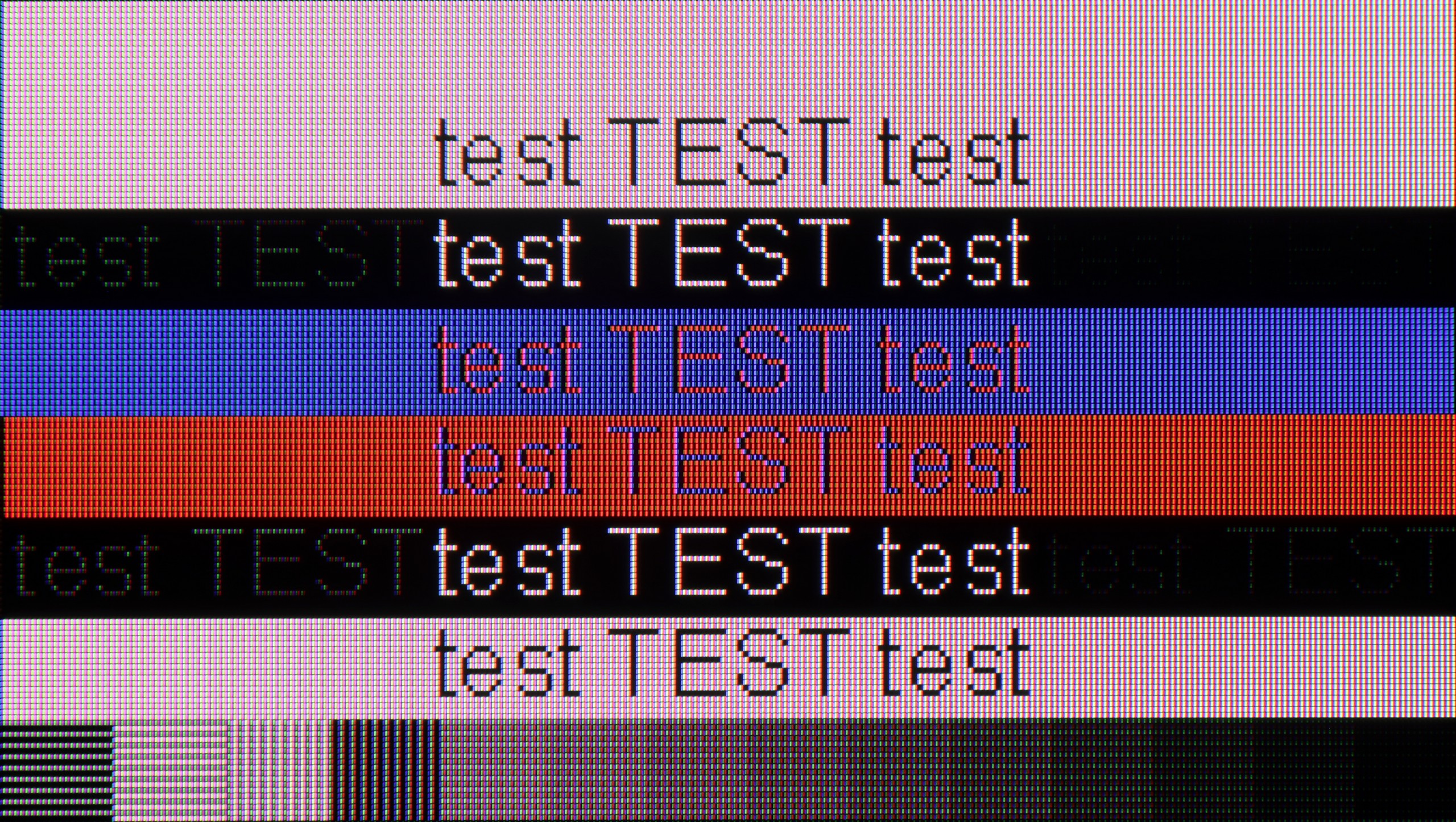
LG QNED86A, thanks to the use of an IPS matrix, a full RGB subpixel layout, and correct implementation of chroma 4:4:4, makes fonts look fantastic on the QNED86A6A. The text is sharp, clear, and legible, making the television ideal for office work. This is important, as this year the model also debuts in a 43" size, and such a variant can easily land on a desk and serve as a large monitor. Of course, some users who opt for the 43" version will be gamers, and here too there are no reasons for complaints. The television supports 4K at 120 Hz, so gameplay is smooth and enjoyable. It's a bit of a shame that there is no higher refresh rate mode like the 144Hz declared by the manufacturer, as PC gamers would surely appreciate that. Despite this, the QNED86A6A performs really well as a monitor for gaming and work.
Collaboration with a computer in the case of Bravia 3 with a VA panel does not perform as well as in the version with an IPS panel. The fonts are clearly less sharp and harder to read, which is immediately noticeable when working with text. Additionally, there is the surprising issue of dithering, which we did not notice in the IPS variant. This is quite an unusual situation, but definitely worth noting, as it may bother those planning to use the television as a monitor. As for PC gaming, there is also not much cause for enthusiasm here. The lack of support for frame synchronization with graphics cards or higher refresh rates makes the screen quite unattractive in this role. Therefore, if someone is seriously considering connecting the Bravia 3 to a computer, the better choice would be the version with an IPS panel, which performs significantly better in this regard.
Viewing angles
6.9/10
3.2/10
QNED86A6A performs very well in this regard. The IPS panel used here ensures that the image maintains its brightness and colour saturation even when viewed from an angle. There is none of the fading effect often seen in cheaper TVs with VA panels. Of course – there is no point comparing this to the level offered by organic panels, where colours and contrast remain perfect from almost every angle. But as far as LCD TVs go, this is definitely one of the better results and is more than sufficient for watching films or sports together on the sofa with a larger group.
The viewing angles in the Bravia 3 with a VA panel are noticeably weaker than in the version with an IPS panel. It is enough to sit slightly to the side for the image to begin to lose its saturation and clarity, and the black starts to take on a lighter shade. This is the natural price one has to pay for the significantly better contrast and deeper black, which are a clear advantage in this variant.
TV efficiency during daytime
5.8/10
5.4/10

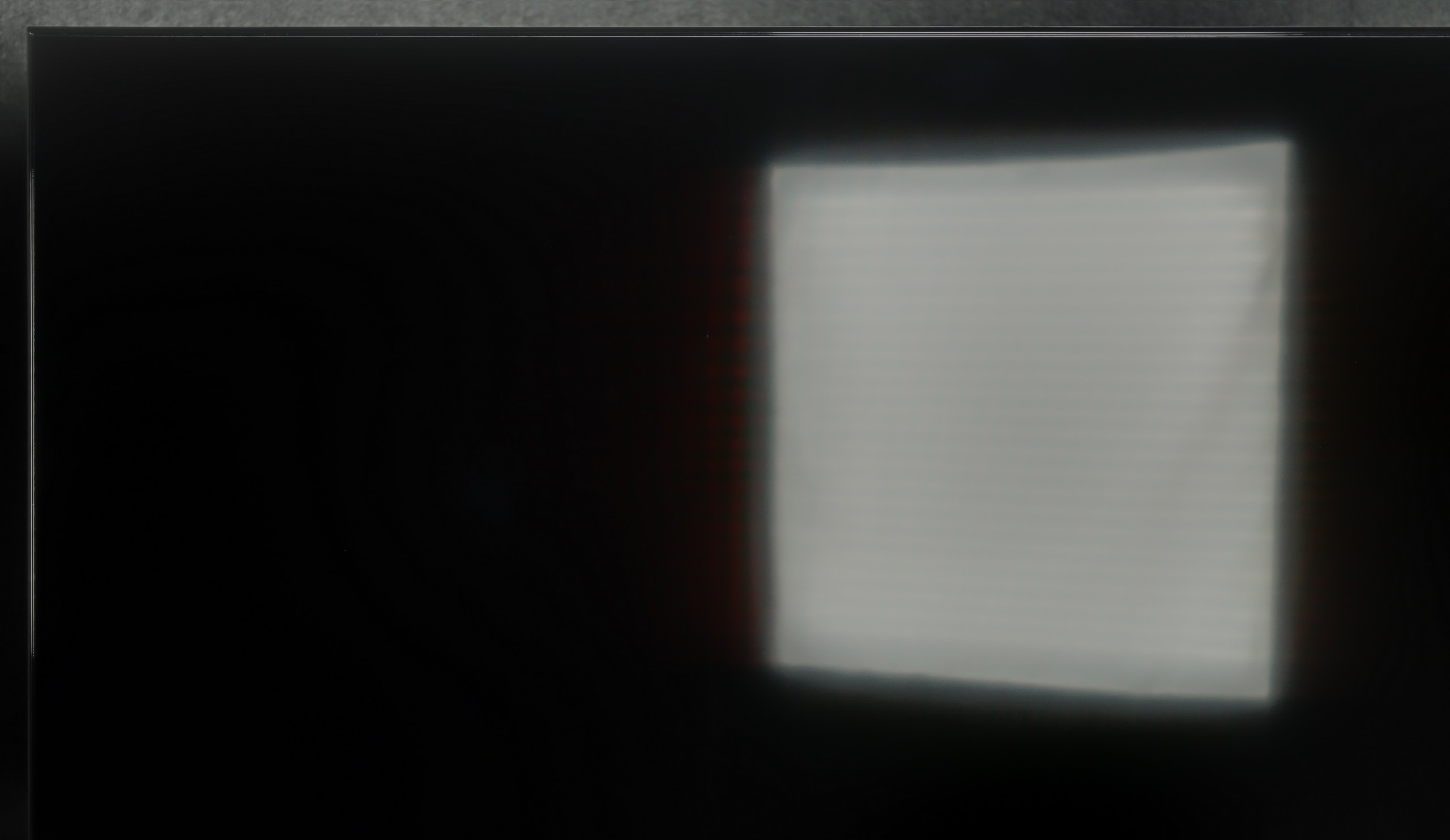

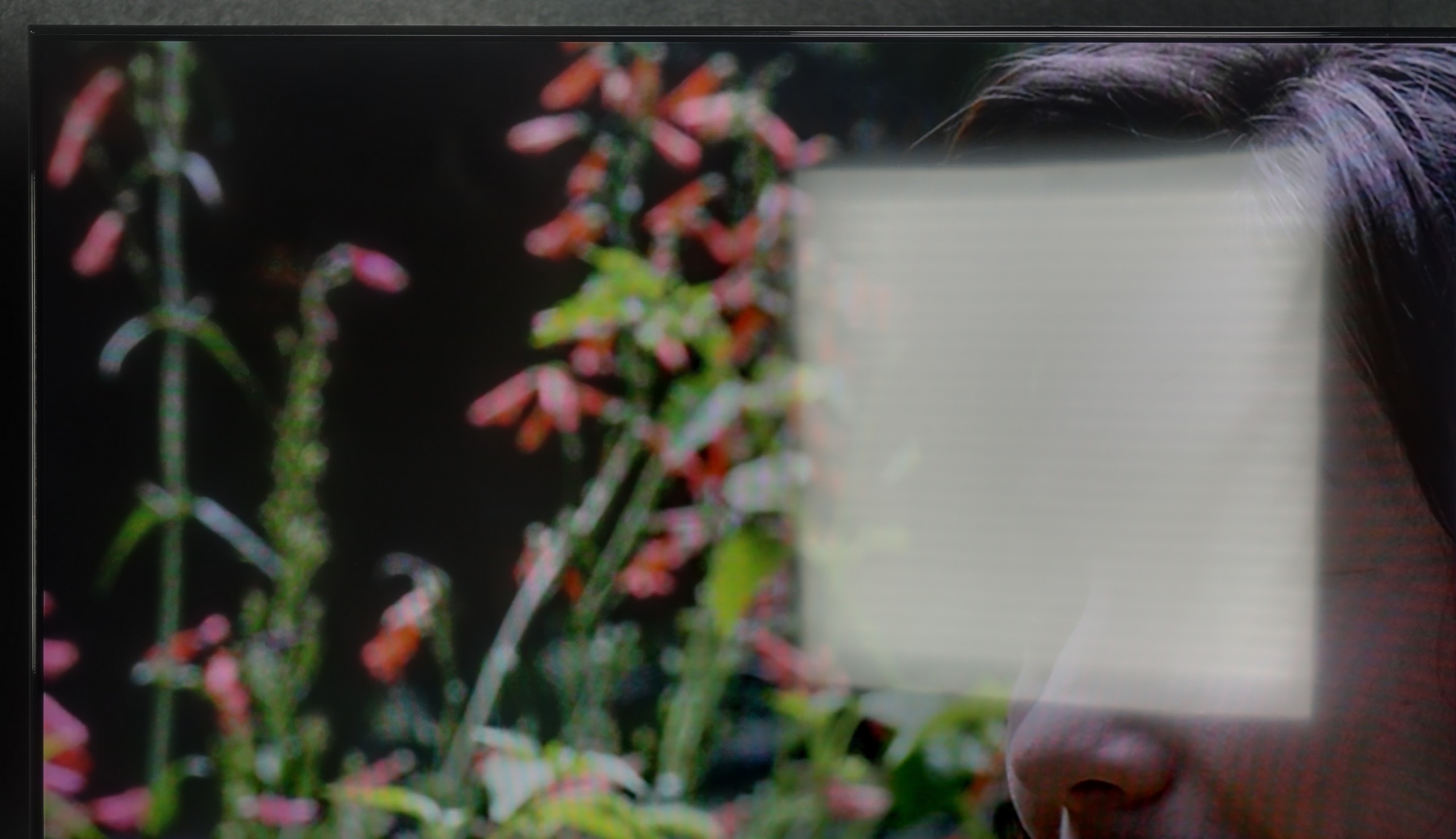
Matrix brightness
Average luminance SDR
Sony Bravia 3 50' (VA): 397 cd/m2
LG QNED86A / QNED85A / QNED87A: 462 cd/m2
QNED86A6A is not a champion of brightness, but it manages adequately. Thanks to the moderately high brightness of the panel and quite decent reflection handling, the television will perform well in typical, moderately lit living rooms. The image remains clear, and the colours do not lose their intensity in daylight. However, let's not fool ourselves; this is not a screen that will cope in extremely bright conditions, where sunlight streams through large windows and floods the room.
The performance of the Bravia 3 in the VA variant during the day is a mix of pros and cons. The manufacturer has also applied a satin coating here, but compared to IPS, it struggles more with direct reflections. When sharp light hits the screen, reflections can be more pronounced and may interfere with viewing. On the other hand, the television makes up for this with higher brightness. In typical daylight conditions, the image is more readable and clearer than in the version with the IPS panel. As a result, in everyday use, the Bravia 3 in the VA edition can perform even better, provided it is not placed in a heavily sunlit location.
Details about the matrix
Subpixel Structure:
Panel uniformity and thermal imaging:

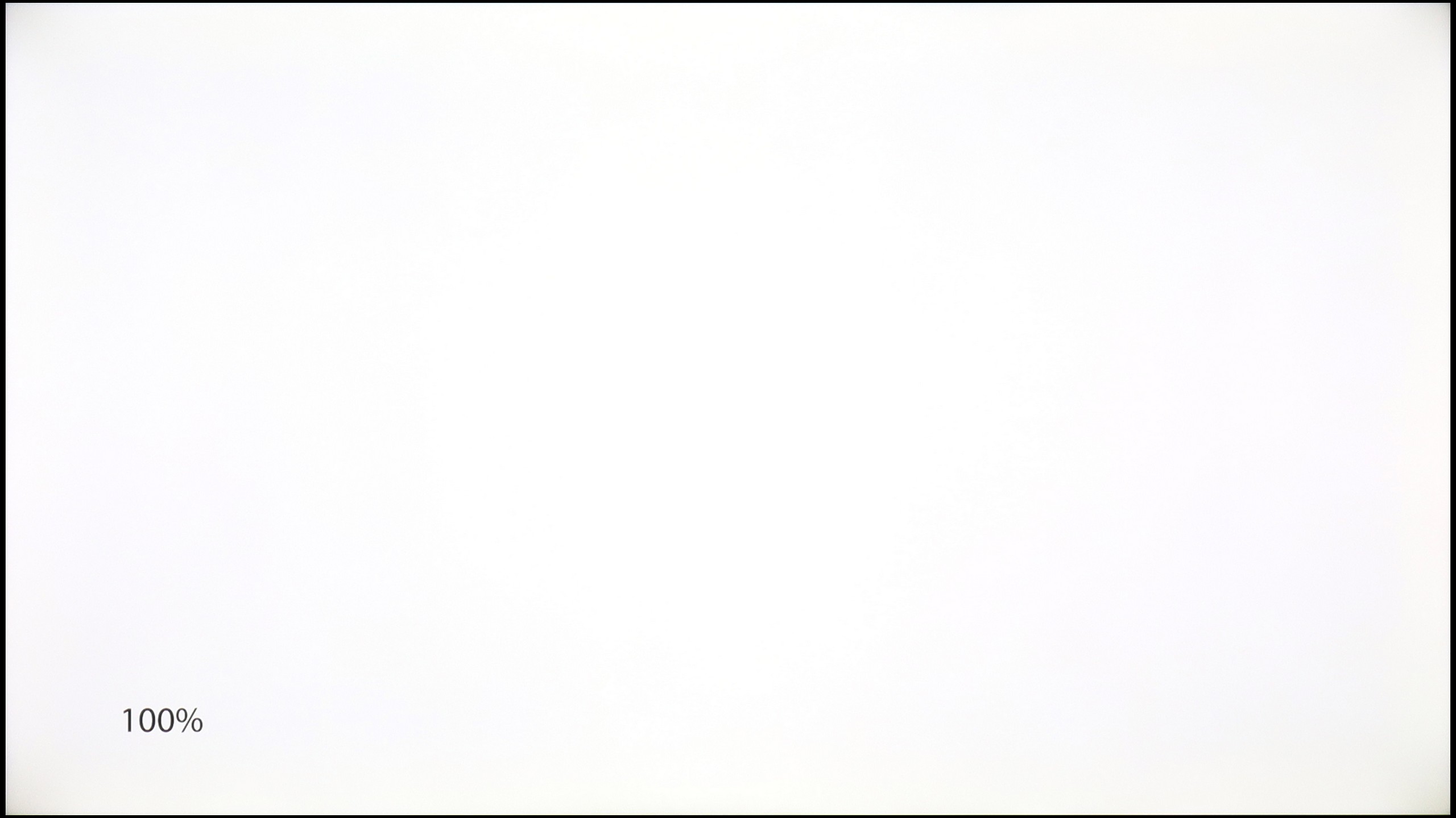
TV features
8.4/10
6.1/10
- HDMI inputs0 x HDMI 2.0, 4 x HDMI 2.1 48Gbps4 x HDMI 2.0, 0 x HDMI 2.1
- OutputsToslink (Optical audio), eARC (HDMI), ARC (HDMI)Toslink (Optical audio), eARC (HDMI), ARC (HDMI)
- Network InterfacesWi-Fi 2.4GHz, Wi-Fi 5GHz, Ethernet (LAN) 100MbpsWi-Fi 2.4GHz, Wi-Fi 5GHz, Ethernet (LAN) 100Mbps
- TV receptionDVB-T, DVB-T2, DVB-S, DVB-S2, DVB-CDVB-T, DVB-T2, DVB-S, DVB-S2, DVB-C
Classic features:
- Recording to USB (terrestrial TV)
- Recording programming
- Picture in Picture (PiP)
- RF remote control (no need to aim at the screen)
- Backlit remote control
- Teletext
- Audio only mode
- Bluetooth headphones support
- Simultaneous Bluetooth headphones & TV audio
Smart features:
- AirPlay
- Screen mirroring (Windows Miracast)
- Voice search
- Voice search in native language
- Ability to connect a keyboard and mouse




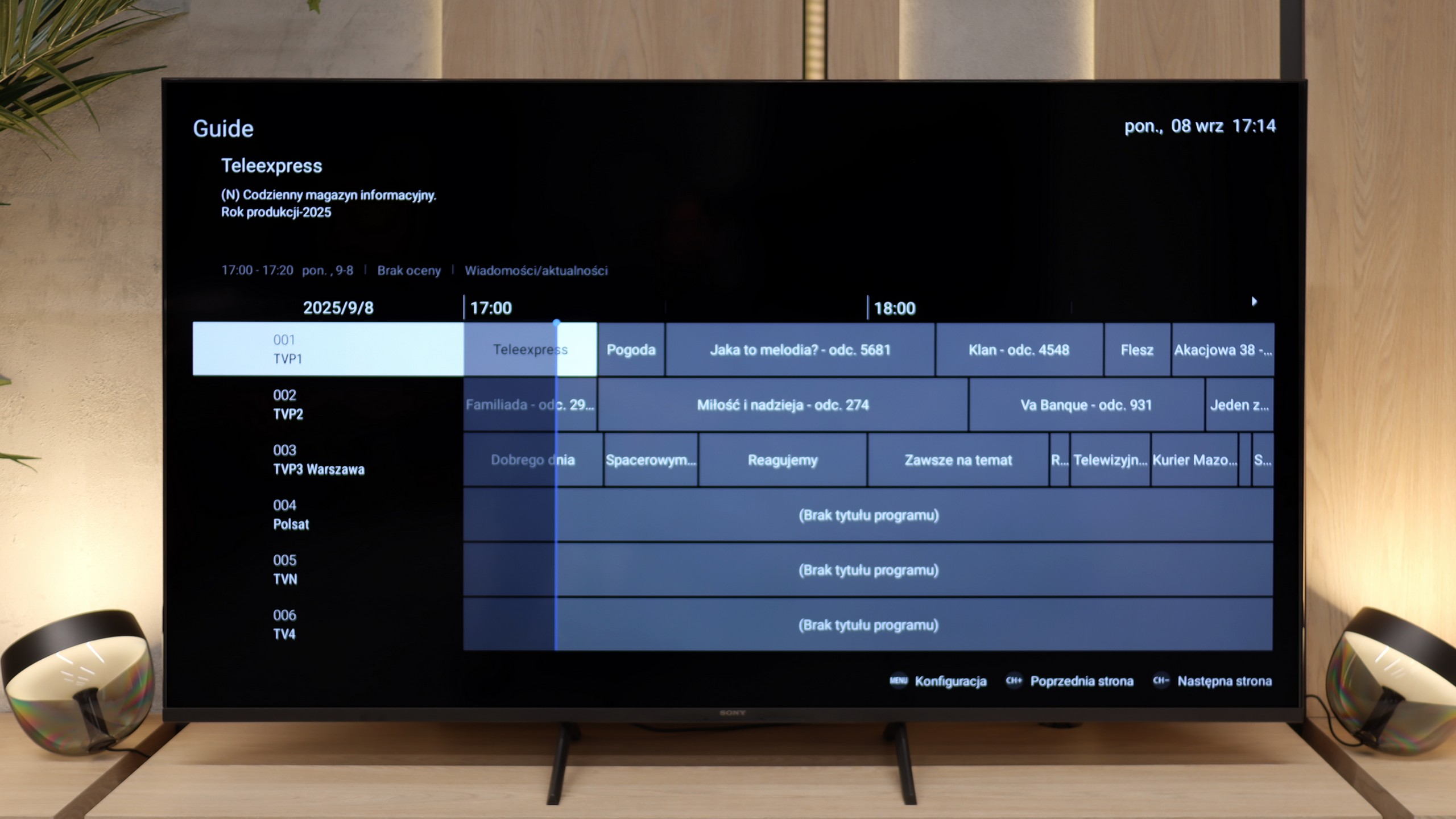
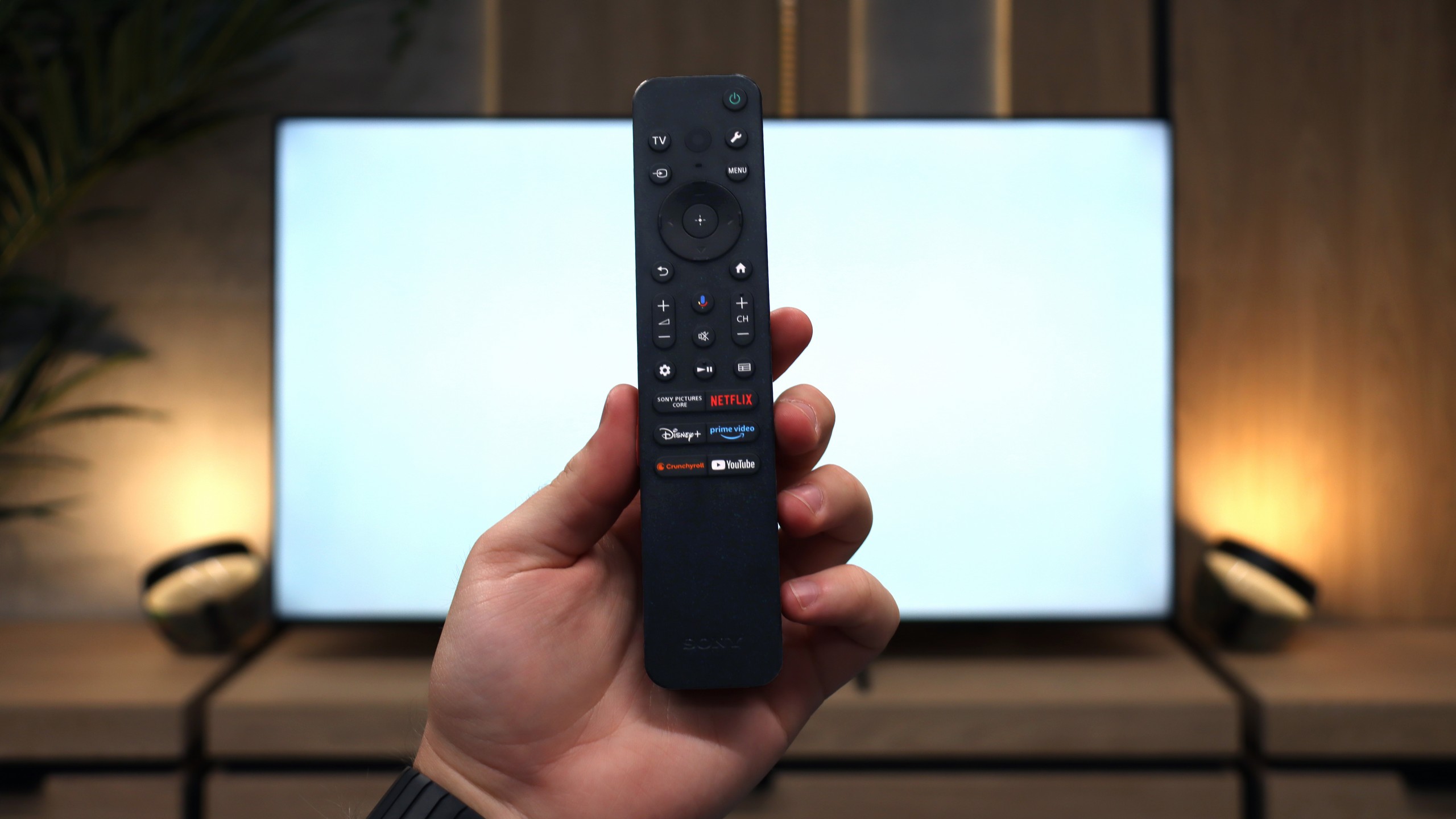
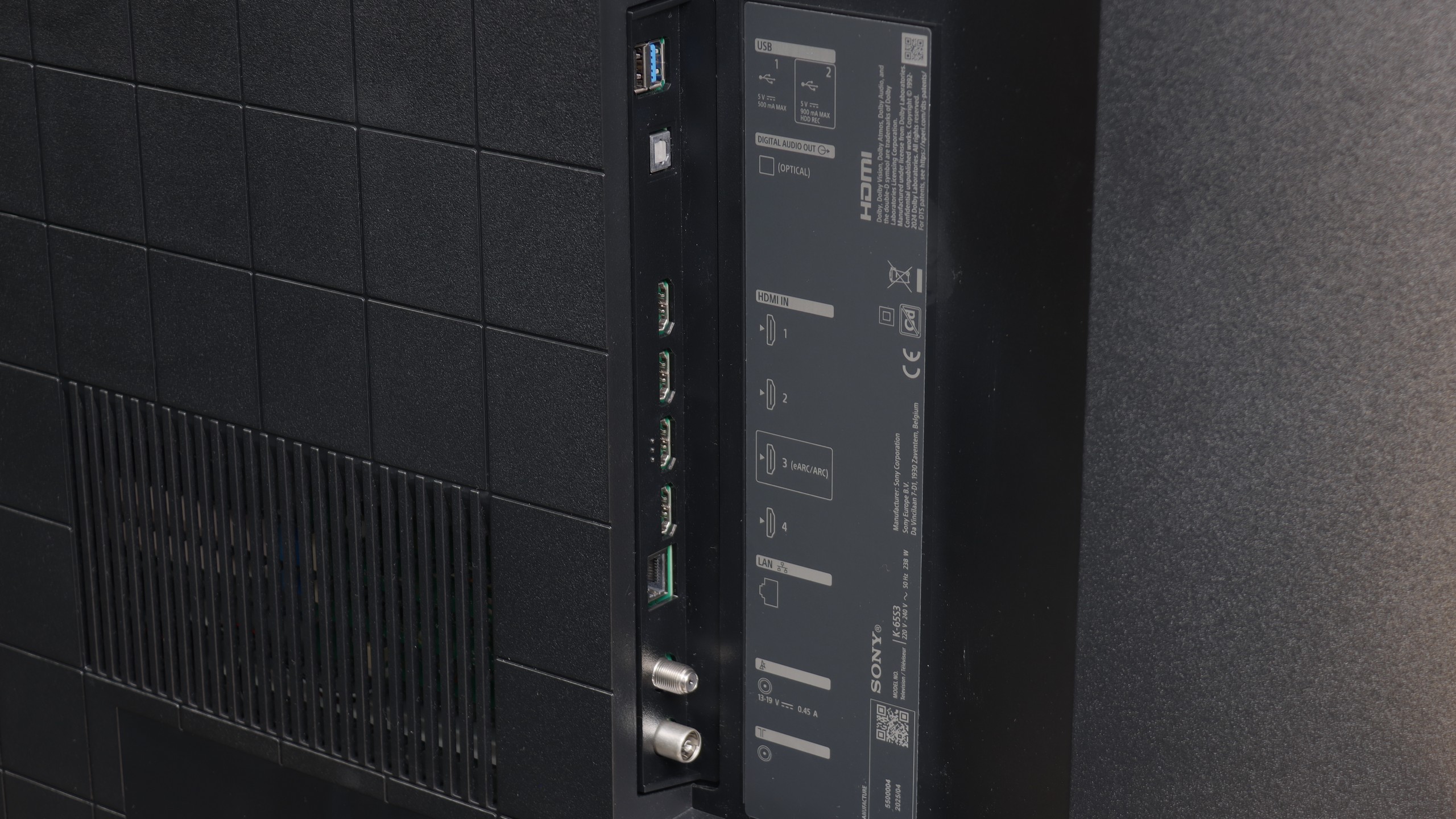
Smart Features: webOS
QNED86A6A operates on the well-known webOS – a system that has been a strong point of LG televisions for years. Everything runs quickly and stably, applications launch without significant delays, although the interface can occasionally feel a bit overwhelmed by advertisements. Fortunately, on a day-to-day basis, convenience outweighs these shortcomings. A significant advantage is the Magic Remote control, which allows you to operate the cursor like a mouse – it's one of those solutions that you quickly get used to and find it hard to give up later. In the new version, the remote is slimmer, as it has been stripped of the numeric keypad. Some will appreciate the simplicity, while others will miss the classic set of buttons; it's more a matter of habit.
Classic Features
We also find a few features on board that may not always be obvious in 2025. There is the ability to record programmes from the built-in DVB-T2 tuners to USB, so you can easily return to a match or series at any time. In the evening, Bluetooth headphone support will come in handy – especially if someone in the house falls asleep quicker than we do. Additionally, there is a full set of HDMI 2.1 ports with eARC support and audio formats such as Dolby Digital and Dolby Atmos.
Smart TV Features
The greatest advantage of the Bravia 3 in everyday use is the presence of the Google TV system. It is thanks to this that we have access to one of the largest libraries of applications and streaming services, so regardless of whether someone mainly uses Netflix, Disney+ or smaller platforms, everything is within easy reach. The Google voice assistant also worked very well, responding to our commands quite "smartly". The Google TV system should theoretically operate very smoothly, as Sony has been implementing it better than many cheaper competitors for years. Unfortunately, in the case of the Bravia 3, it is not as great as we would expect. During tests, we noticed slight stutters in the interface, and some functions, such as screen mirroring, simply refused to work. One might get the impression that the processor in this model sometimes struggles to cope with the demanding system, and not everything works as smoothly as we would hope.
Classic Features
Even in the cheapest series, Sony manages to remind us of its experience with various users. The set includes two remote controls. The first is modern and minimalist, with a small number of buttons, which works great for using applications and Google TV functions. The second is a classic remote with a more extensive set of buttons and a numerical keypad, which will be especially appreciated by older individuals accustomed to traditional solutions. This is a nice gesture towards different user groups, and it must be said that Sony has solved this very practically. It is a pity, however, that compared to the X75WL model, the ability to record content from television tuners to USB memory has disappeared. The manufacturer has completely abandoned this feature, so anyone attached to it will unfortunately not find it in the Bravia 3.
Playing files from USB
8.9/10
9.6/10
Supported photo formats:
Maximum photo resolution:

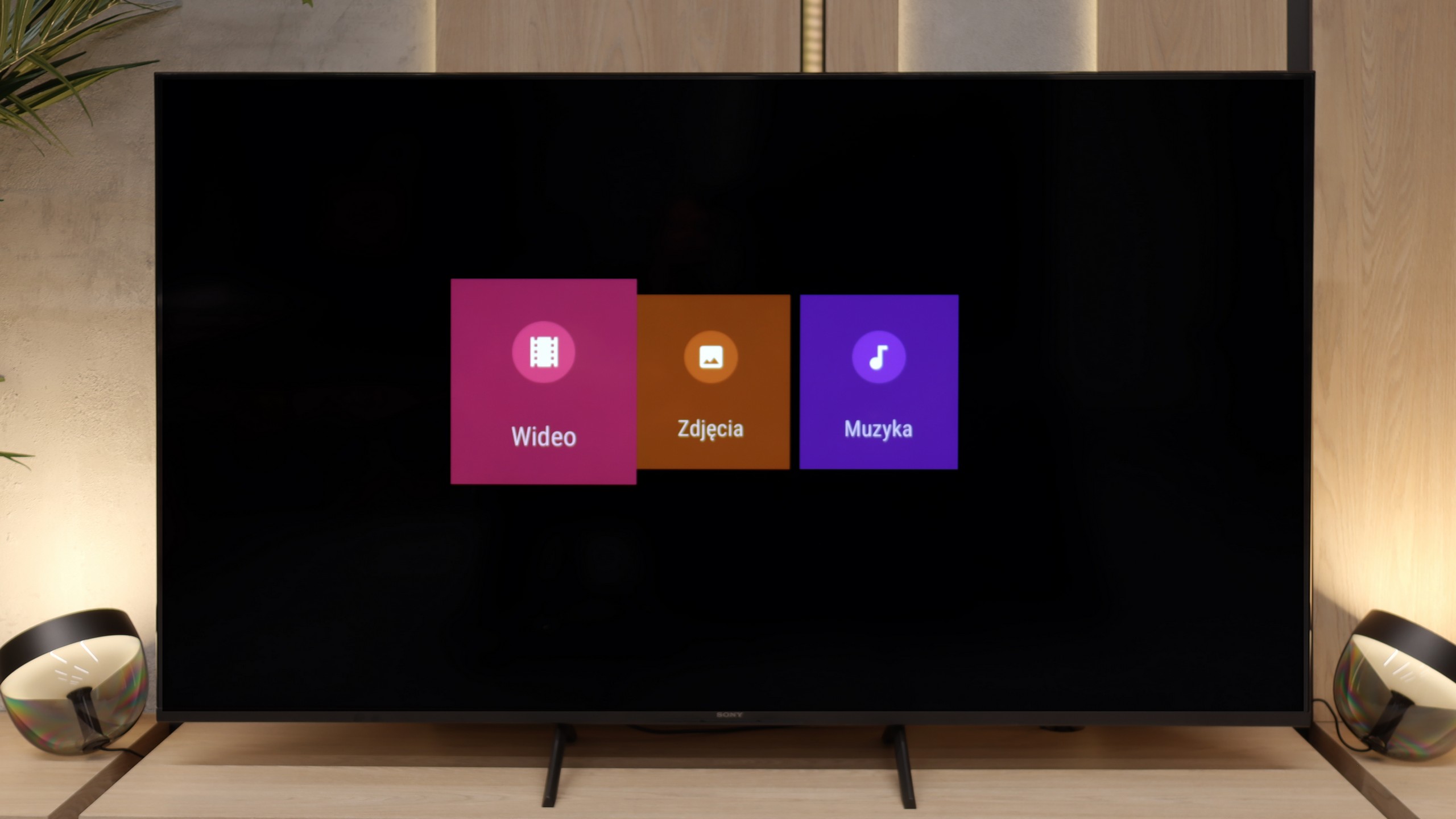
The built-in media player in the QNED86A6A performs quite well with the most popular audio and video formats. During testing, we had no issues playing MP4, MKV, or MP3 files; everything played smoothly and without stutters. The television also handled most images, although we encountered a typical barrier for many manufacturers – lack of full support for the HEIC format from Apple. So if you use an iPhone daily and store photos in this standard, you will need to convert them beforehand or, better yet, transfer them using AirPlay. Other than that, it’s hard to find fault as, for a built-in solution, it's really decent.
Here Sony has done a really good job. The built-in player works quickly and doesn't "grumble" when launching different formats. We didn't have to reach for external applications like VLC, as the television handled even files that can cause quite a few issues on other models – such as HEIC photos from Apple devices. It's a little thing, but one that shows the manufacturer wanted the user to feel complete convenience. By plugging in a film on a USB drive or holiday photos on an external hard drive, you can simply connect them and watch right away on the big screen. No fuss, no installing additional software, no searching for workarounds. It's truly a rarity in televisions, and we must admit that in this aspect the Bravia 3 really surprised us pleasantly.
Apps
9.1/10
9.6/10














































Sound
6/10
6.5/10
- Maximum volume84dB88dB
- Dolby Digital Plus 7.1
- Dolby True HD 7.1
- Dolby Atmos in Dolby Digital Plus (JOC)
- Dolby Atmos in Dolby True HD
- DTS:X in DTS-HD MA
- DTS-HD Master Audio
In terms of sound quality, the QNED86A6A performs quite decently, but there's no denying that it isn't at a level that would impress home cinema enthusiasts. The sound is clear and distinct, with dialogues easy to hear, but overall it sounds rather flat and definitely lacks solid low tones. For everyday television viewing, streaming services, or news, this level is acceptable; however, if you plan to watch movies or play games more often, even a basic soundbar will make a significant difference.
Bravia 3 plays in quite a flat manner, but makes up for it with volume. It's perfect for watching classic television, as the dialogues are clear and the mid-tones are well audible. Older users, who primarily care about speech intelligibility, will particularly appreciate this type of characteristic. However, if someone expects something more from the sound, such as stronger bass or a wider soundstage, it is still worth reaching for a soundbar. The television supports modern codecs, including Dolby Atmos and DTS:X, so an external sound system can easily utilise their potential. This ensures that with relatively little expenditure, one can achieve a much fuller and more engaging sound.
Sound Quality Test
No sound test video
Acoustic Measurements
84dBC (Max)
75dBC
No acoustic data


